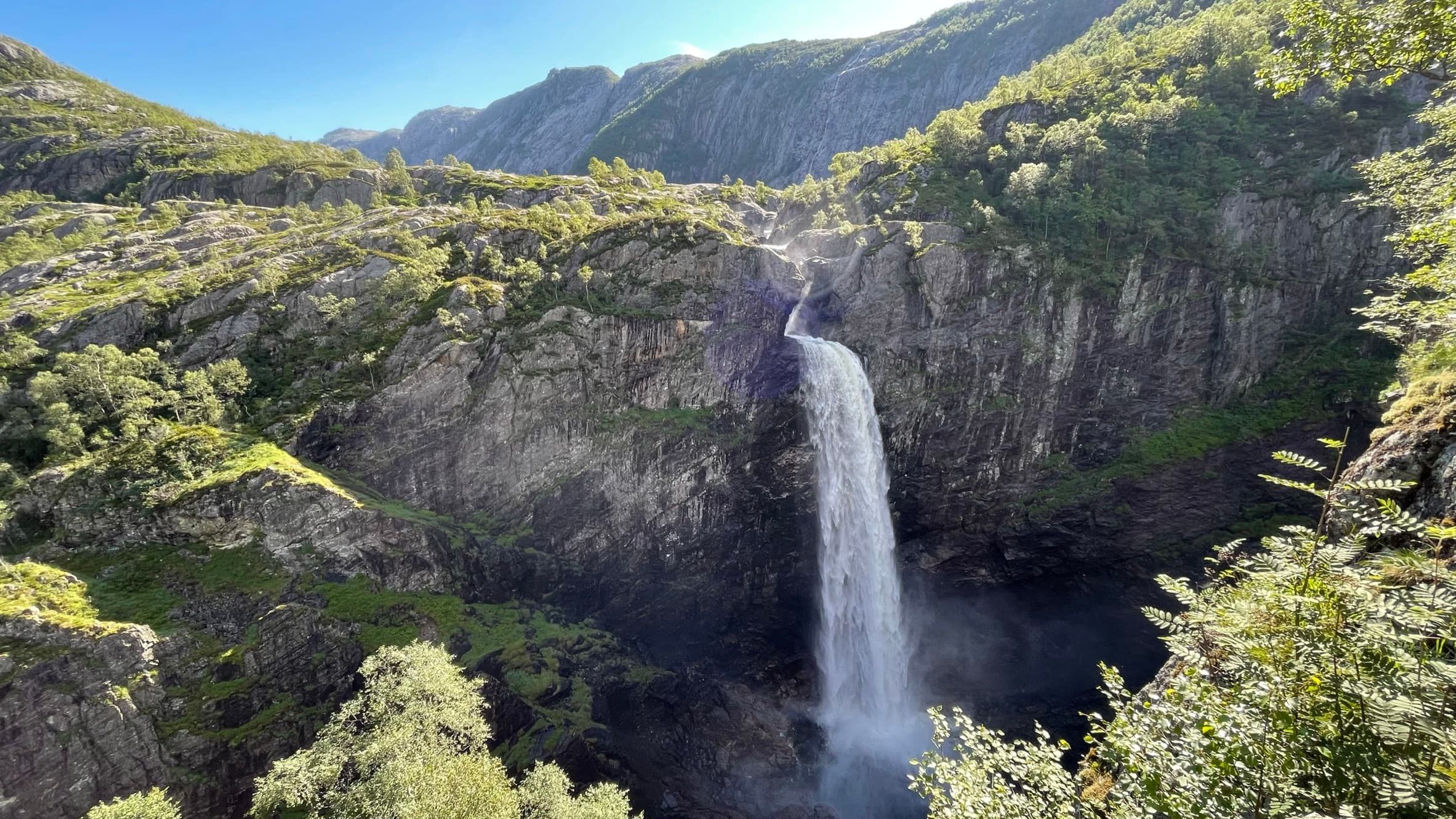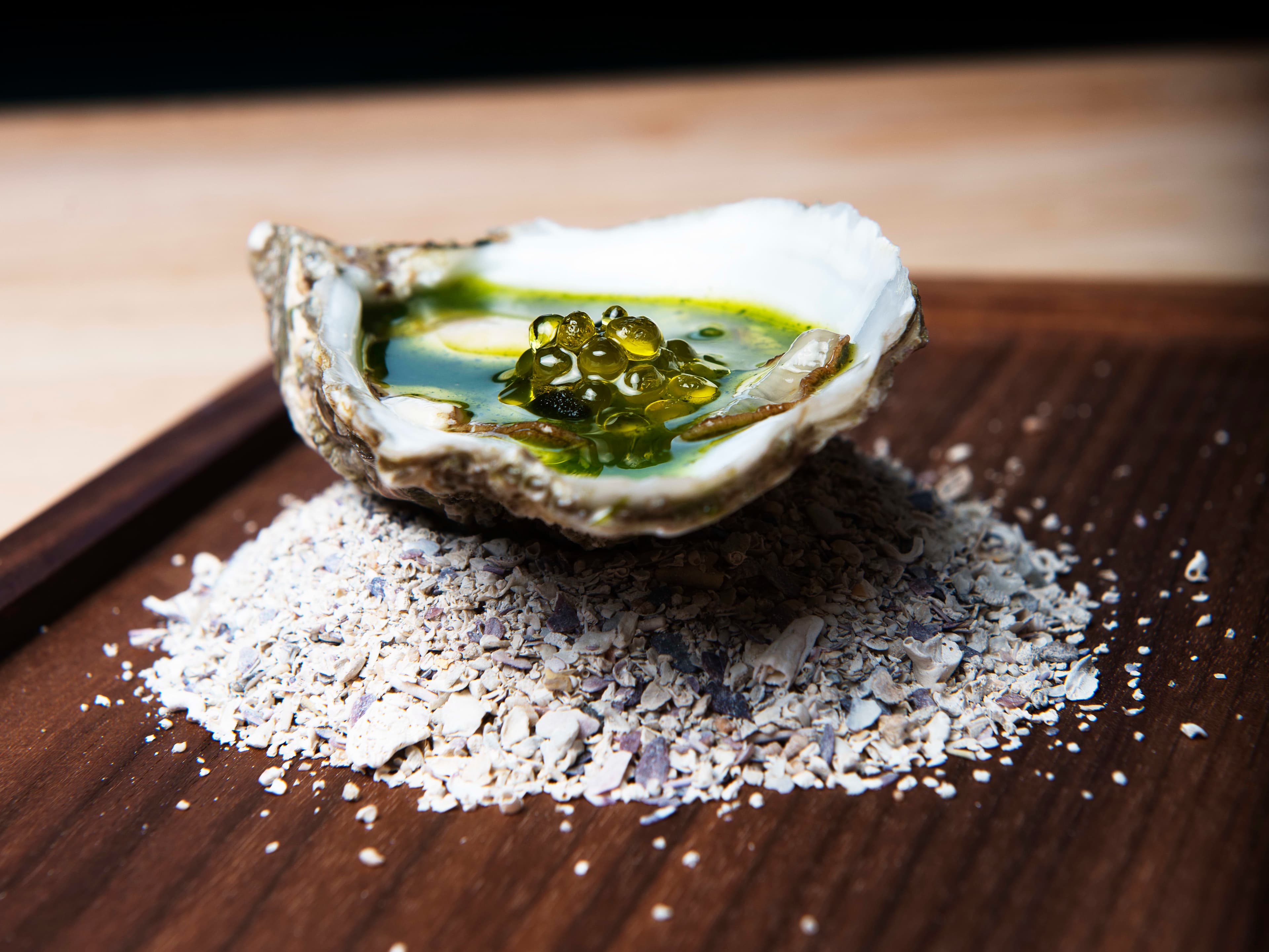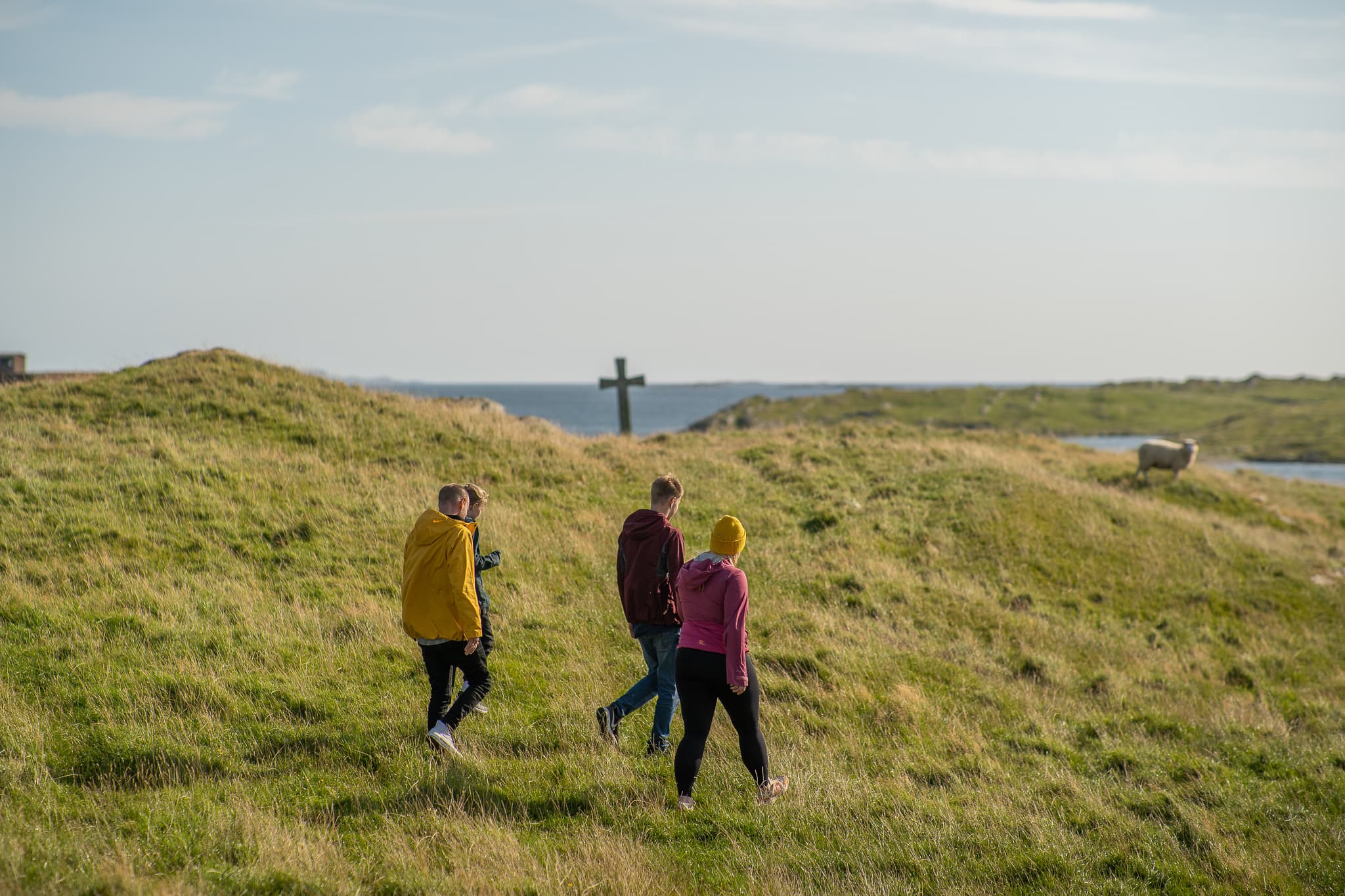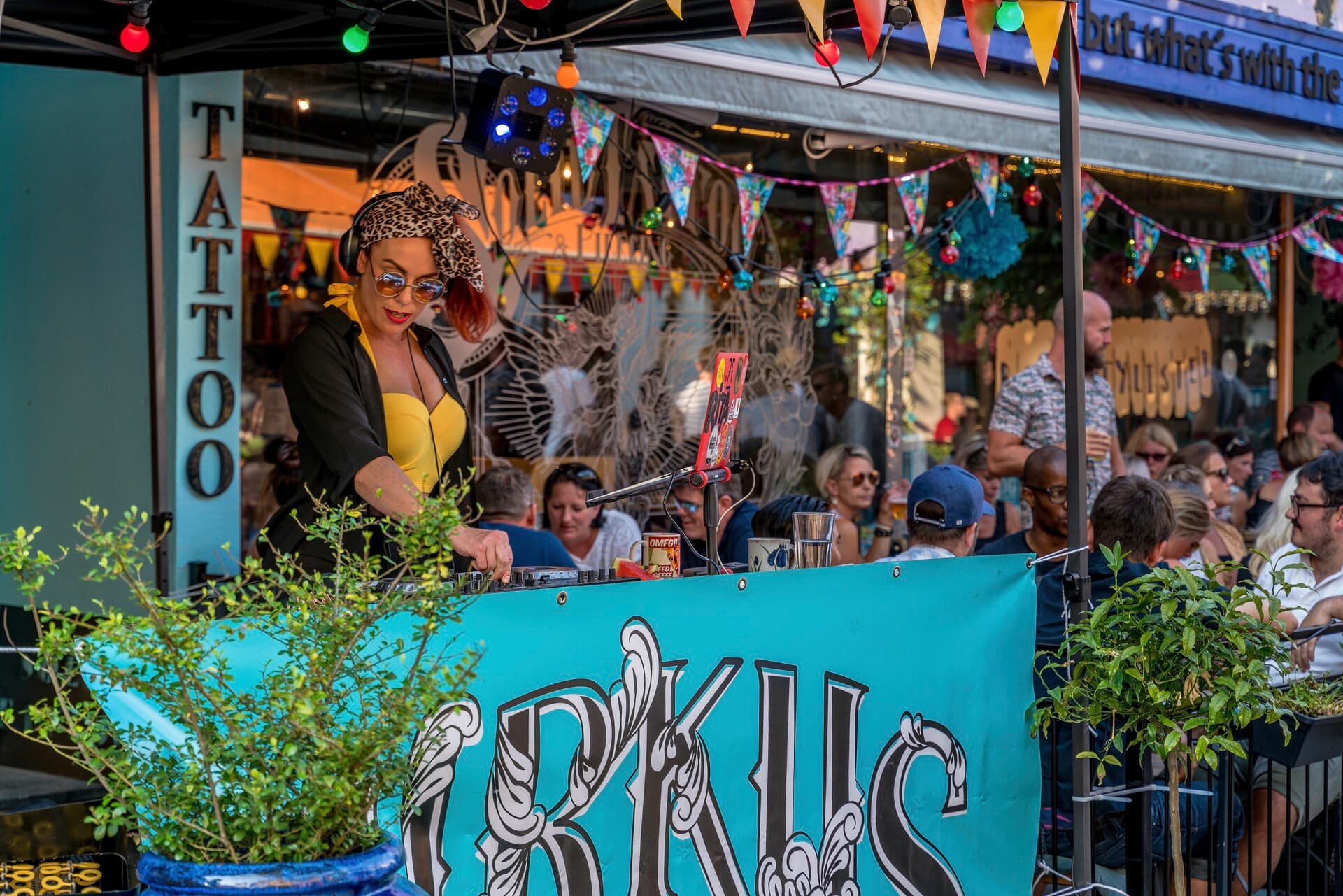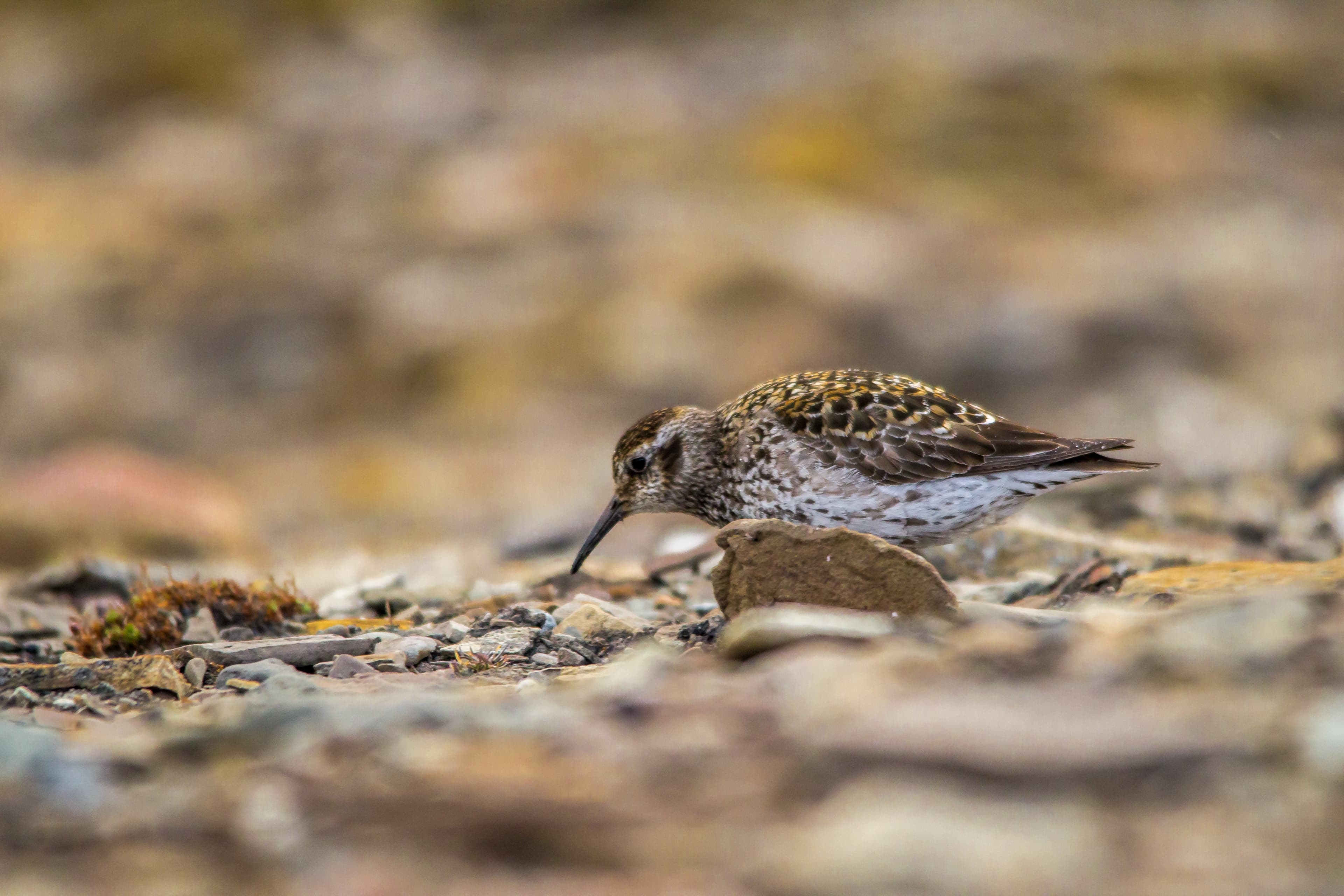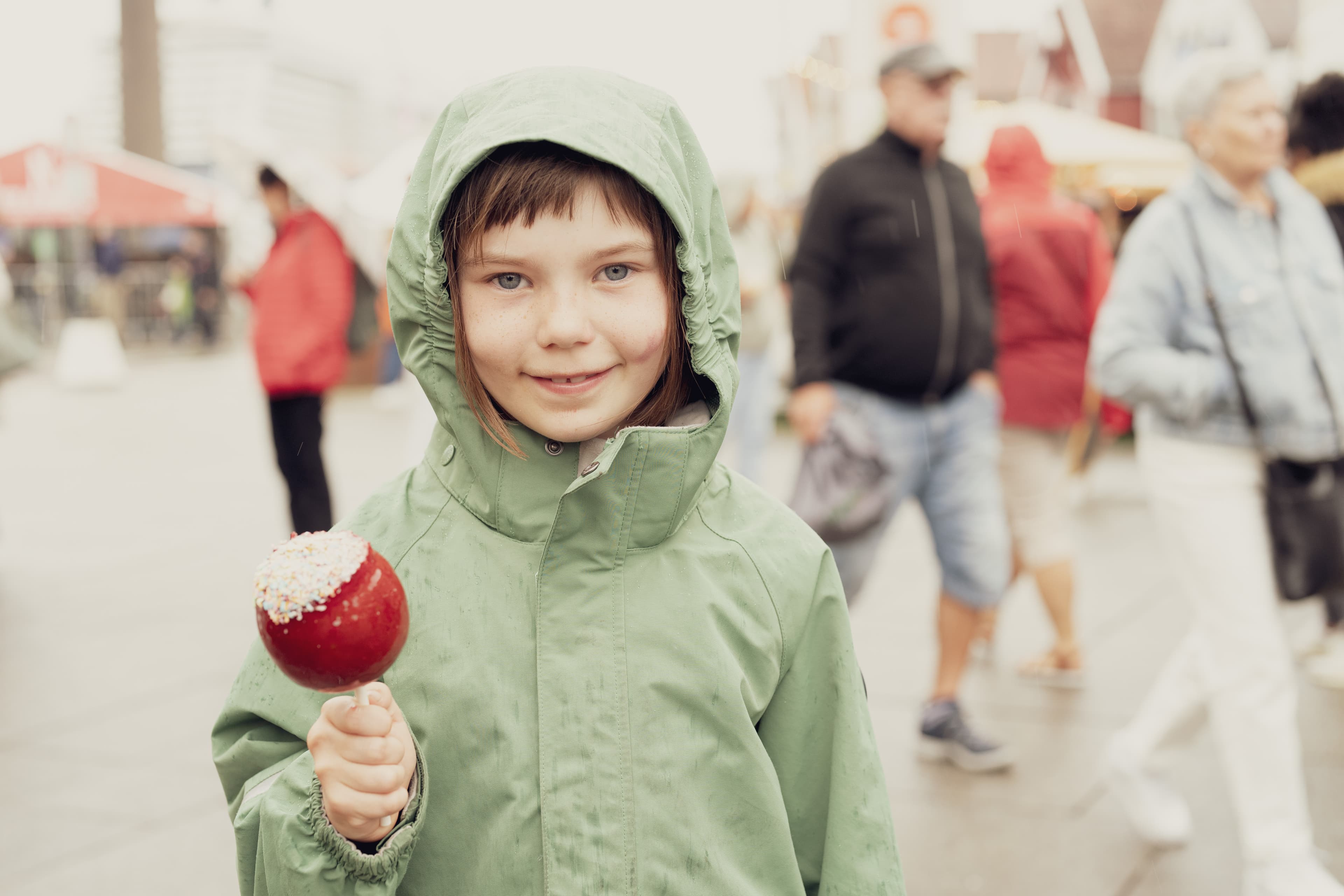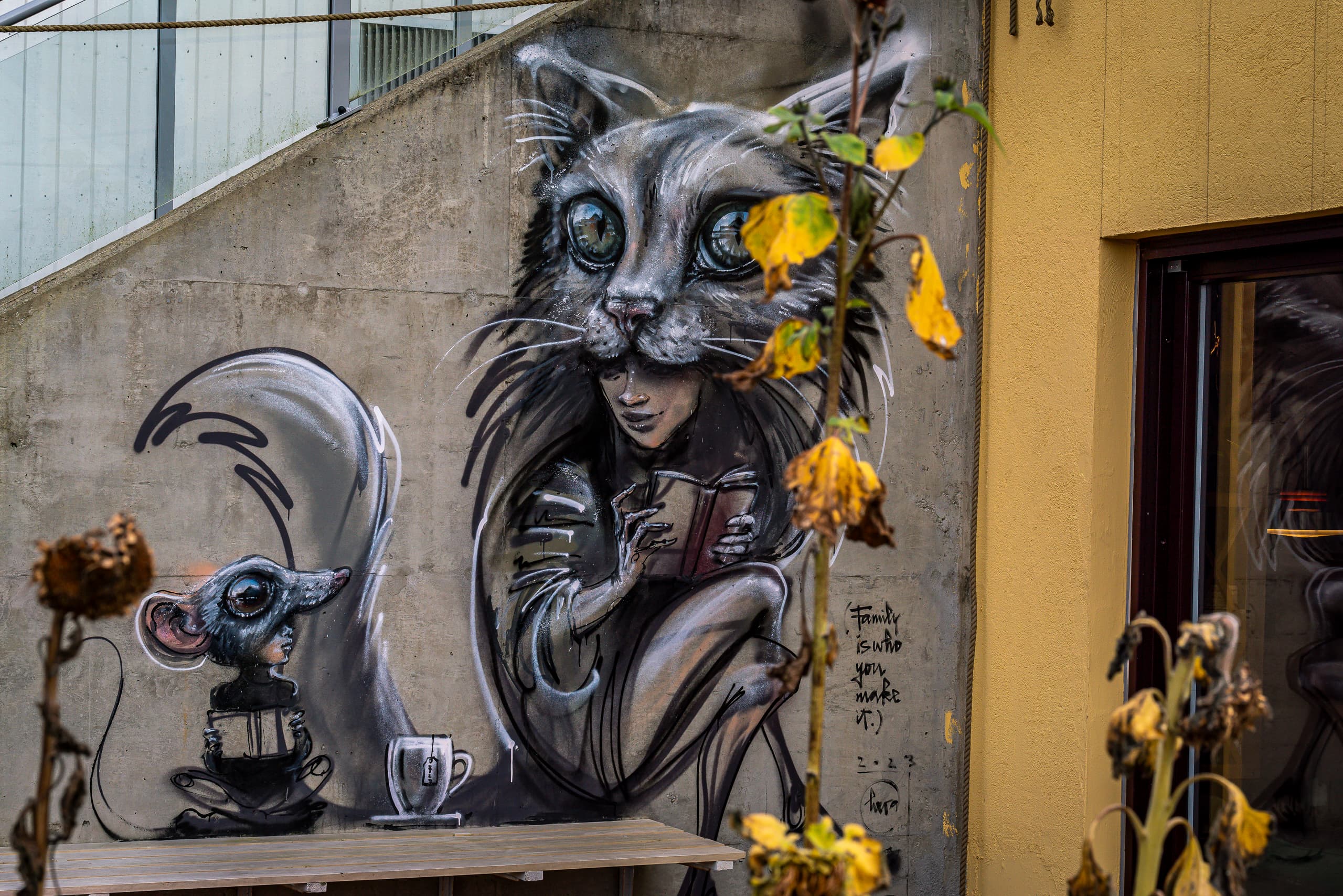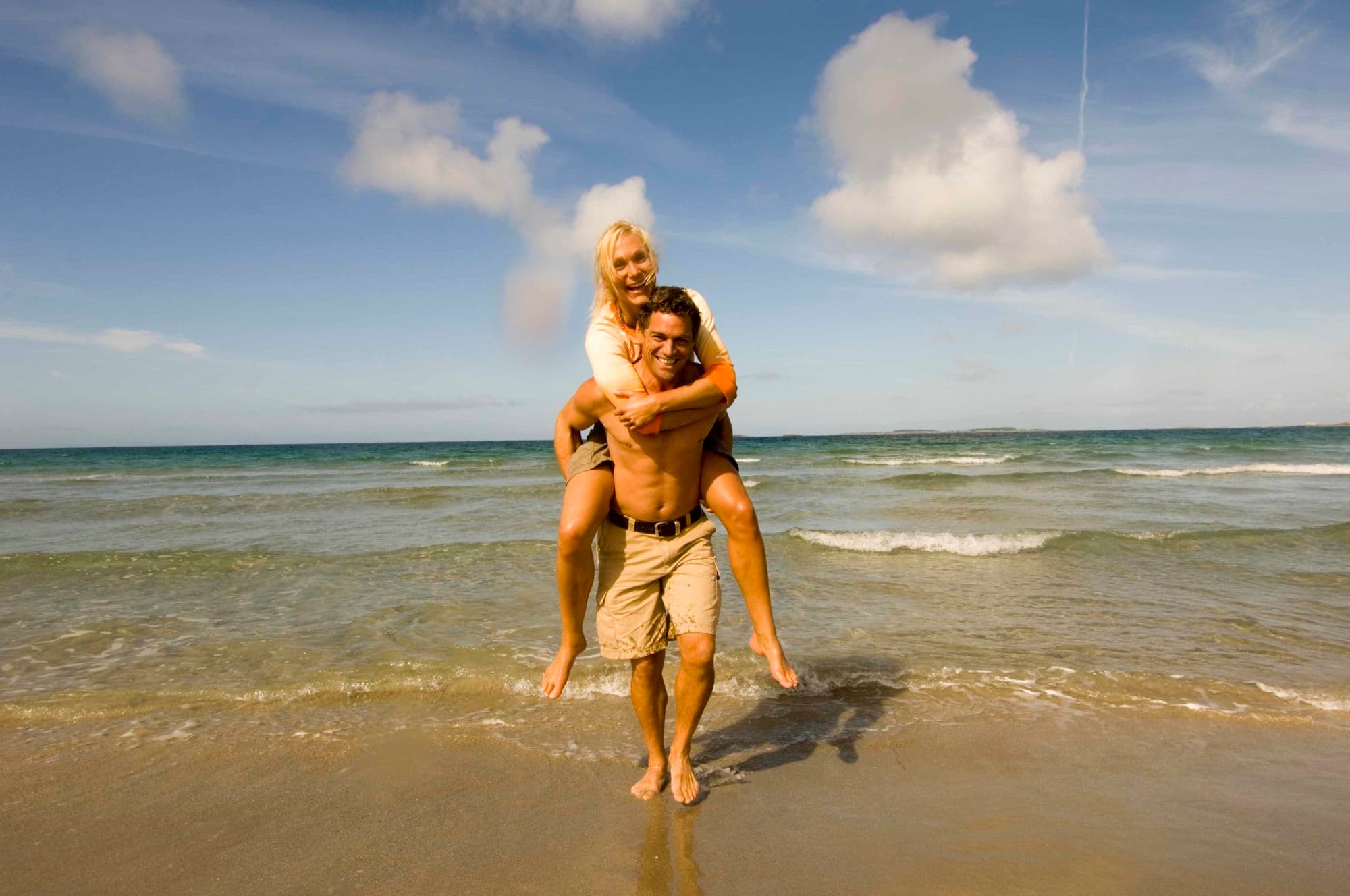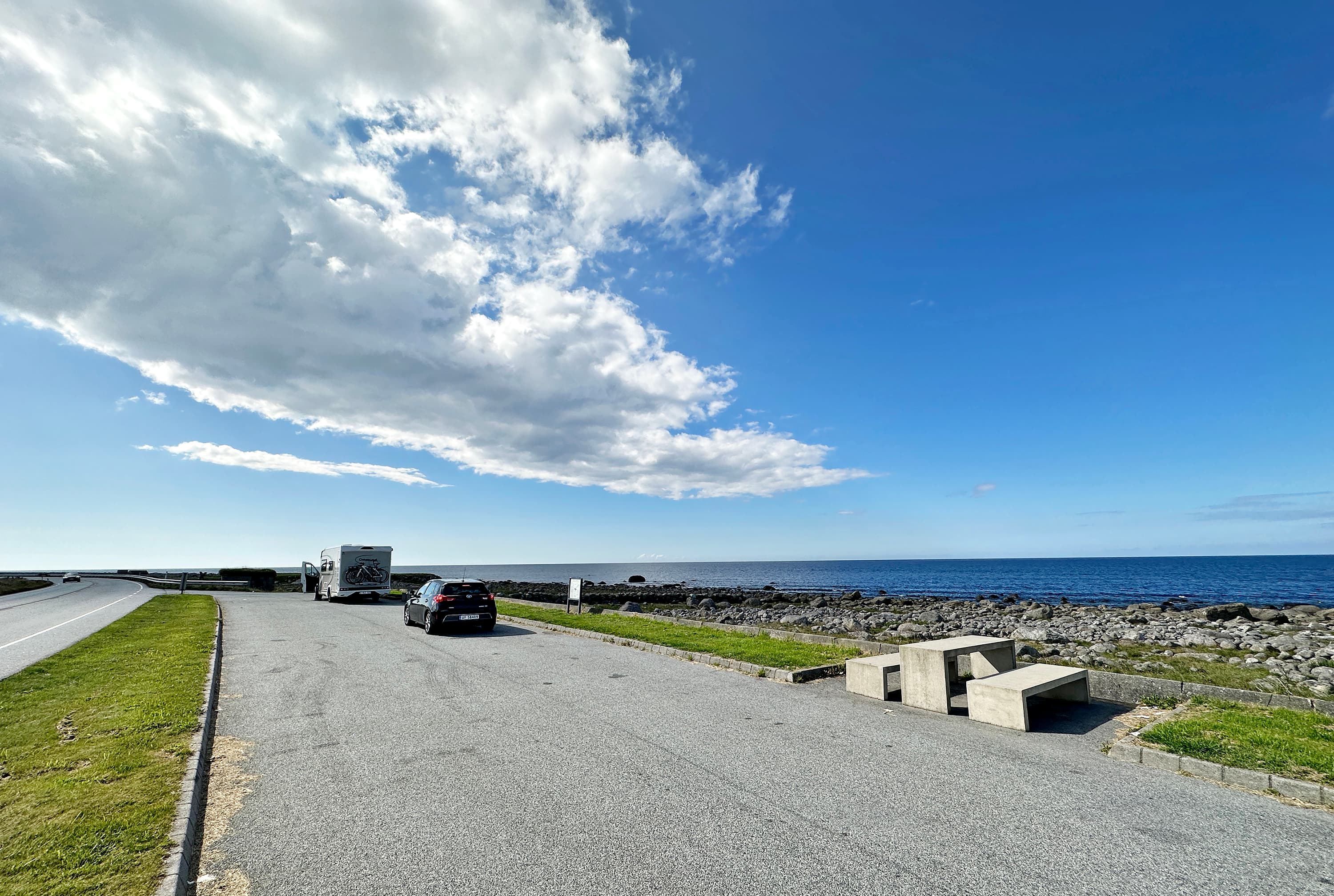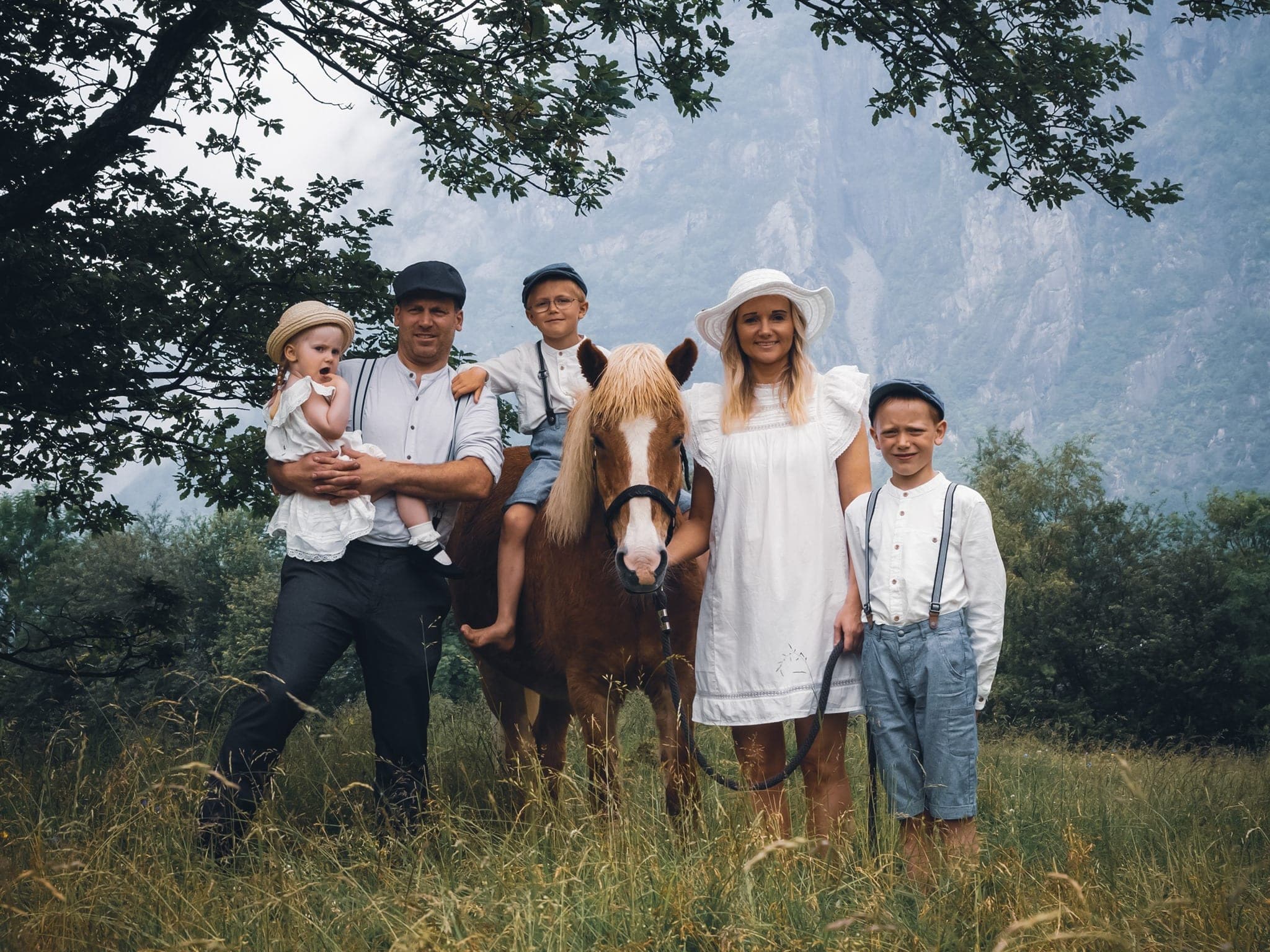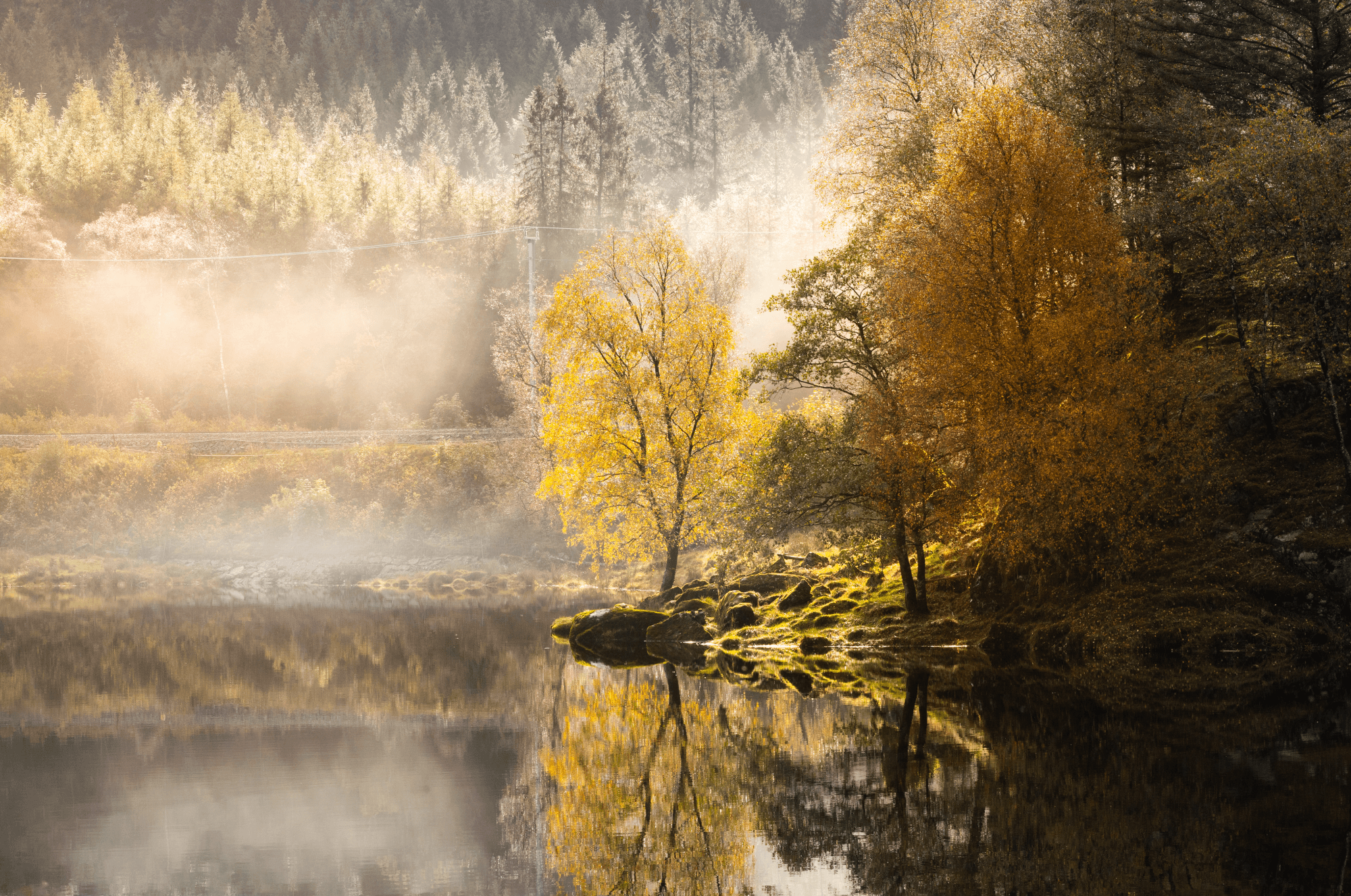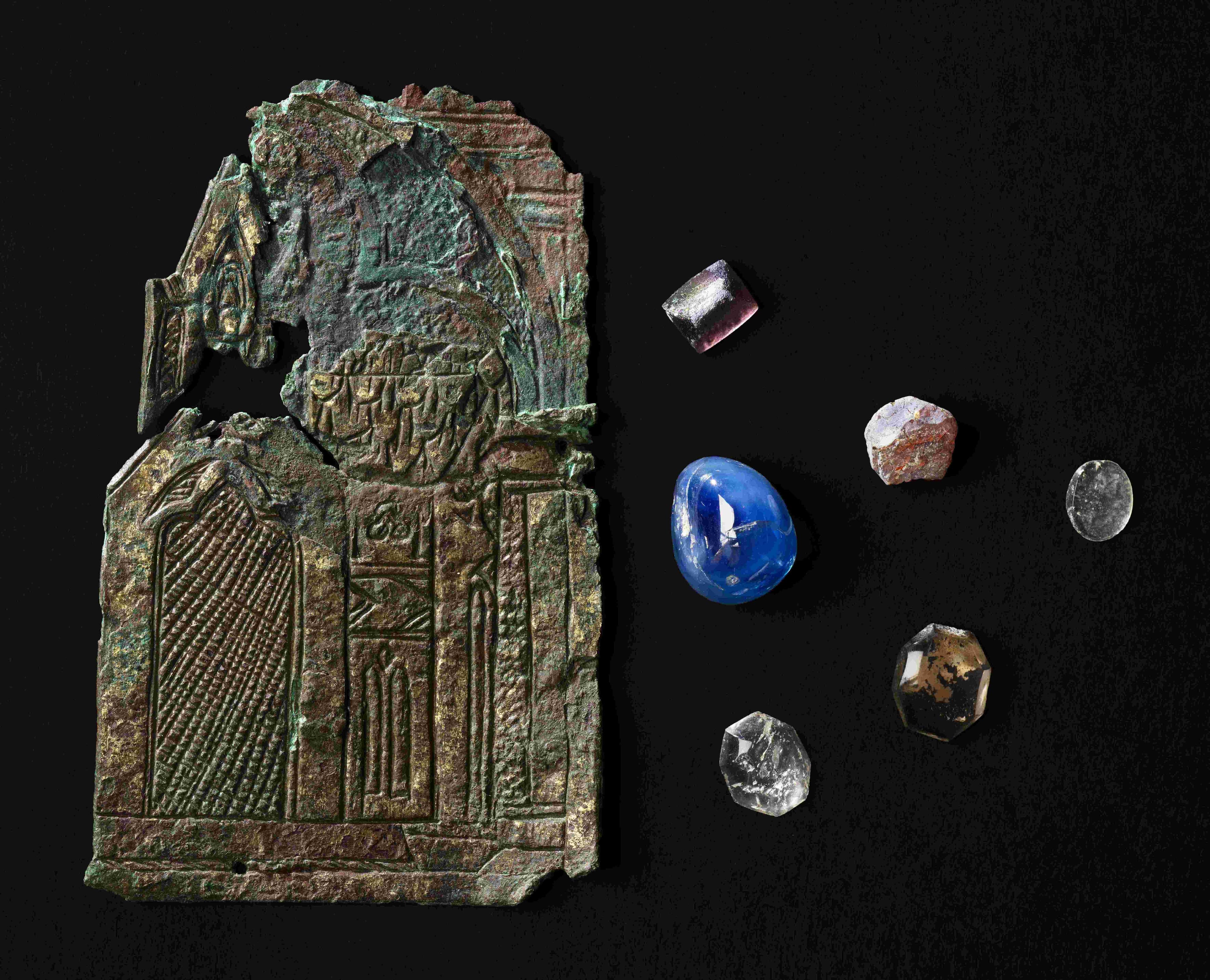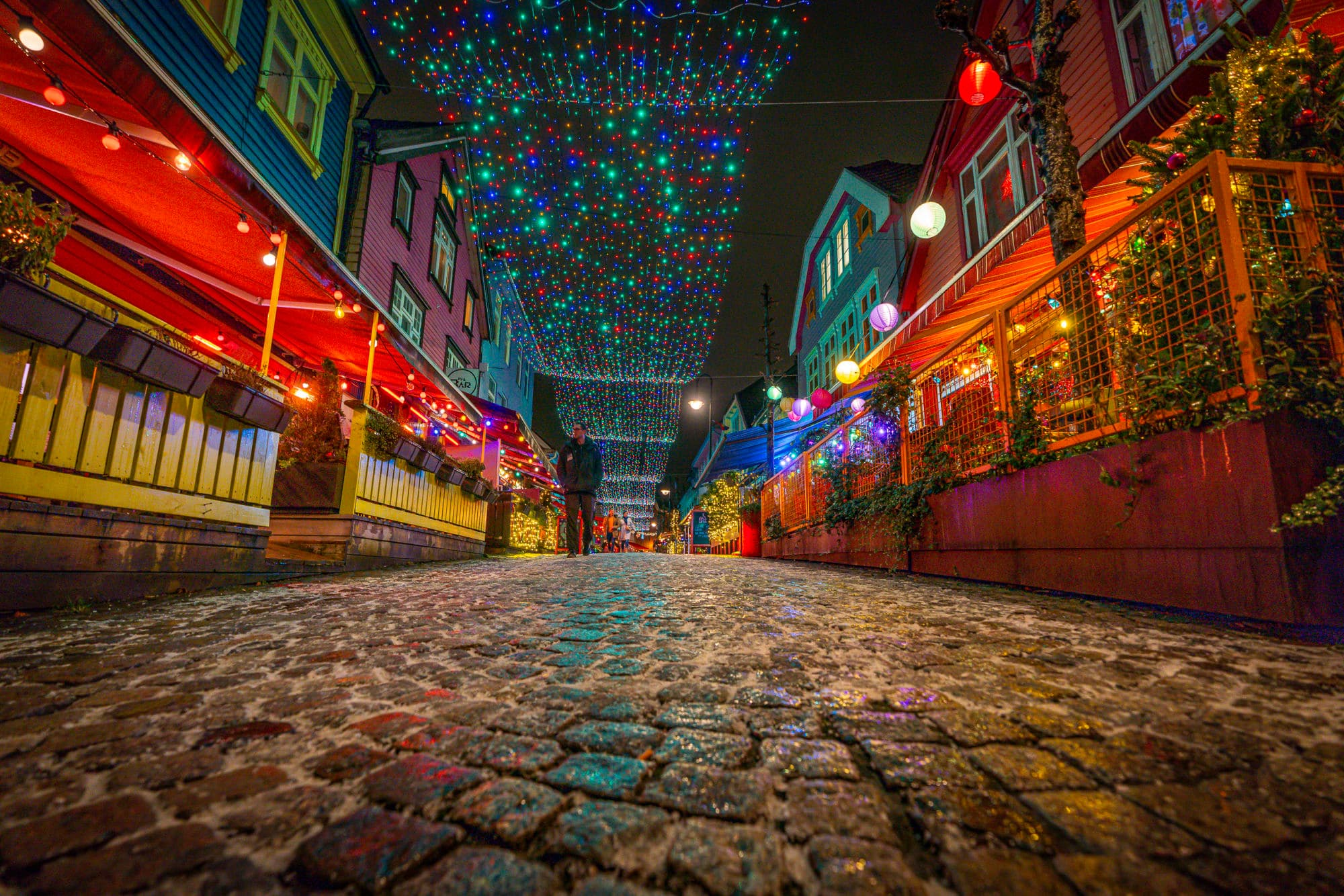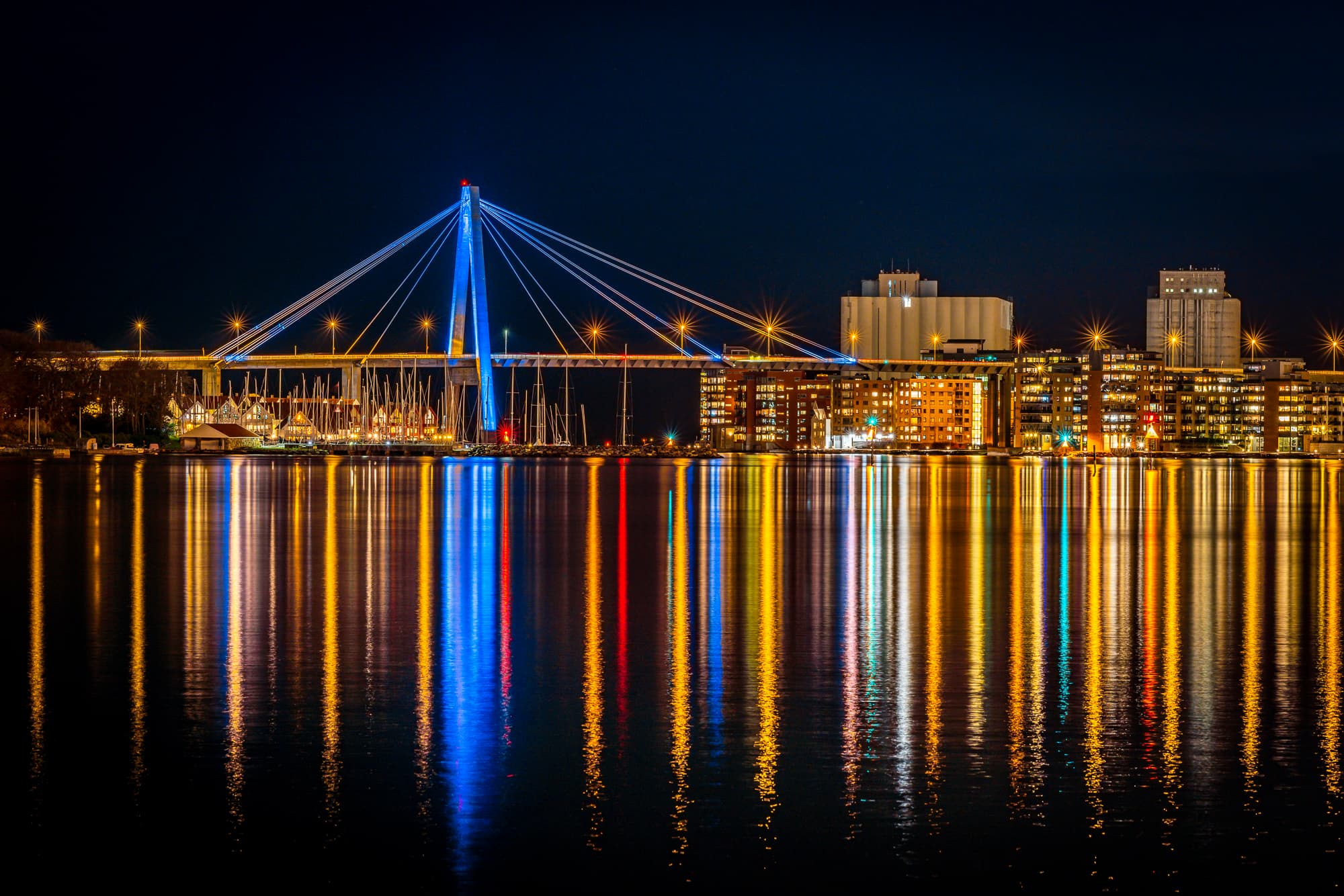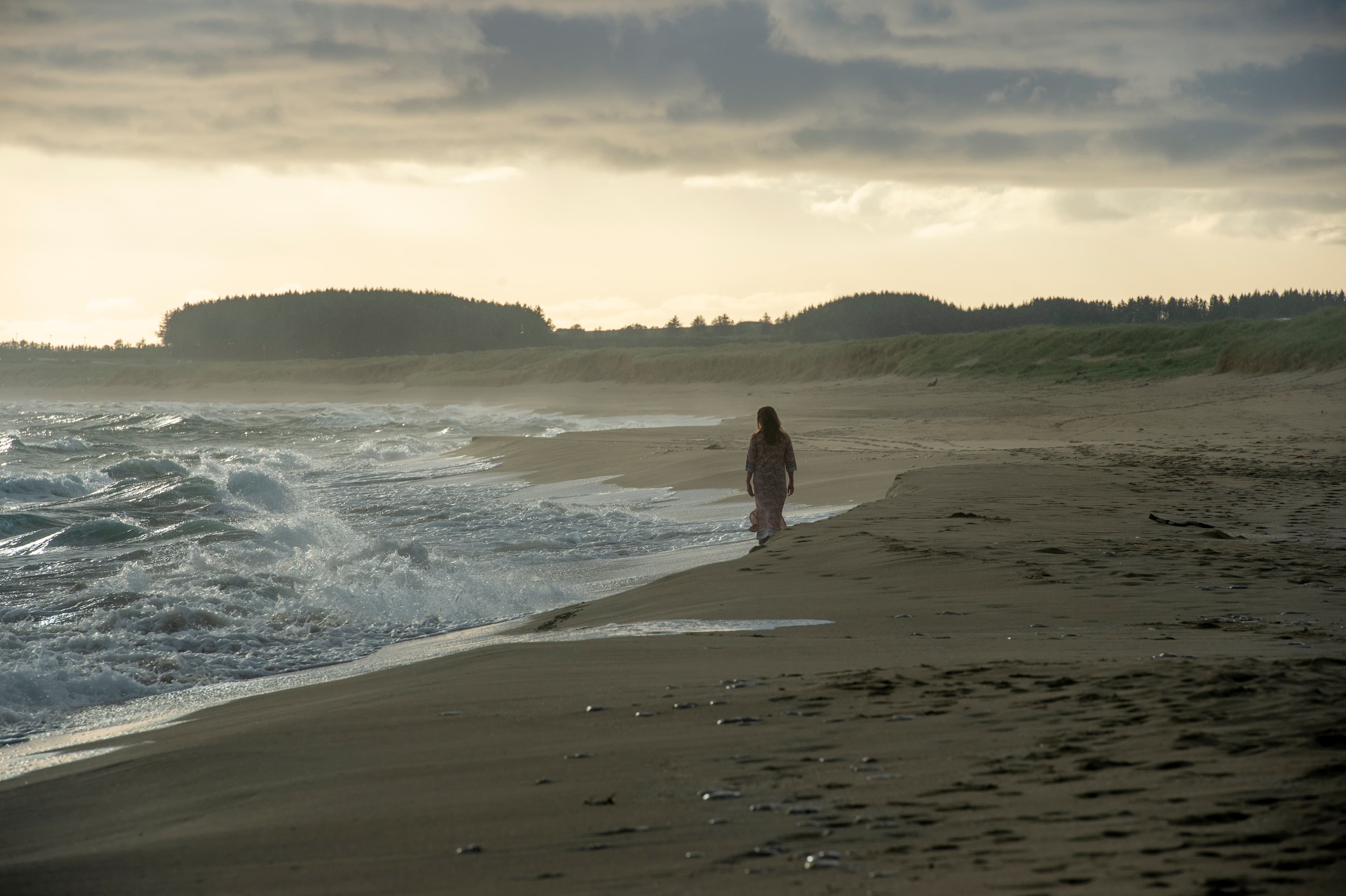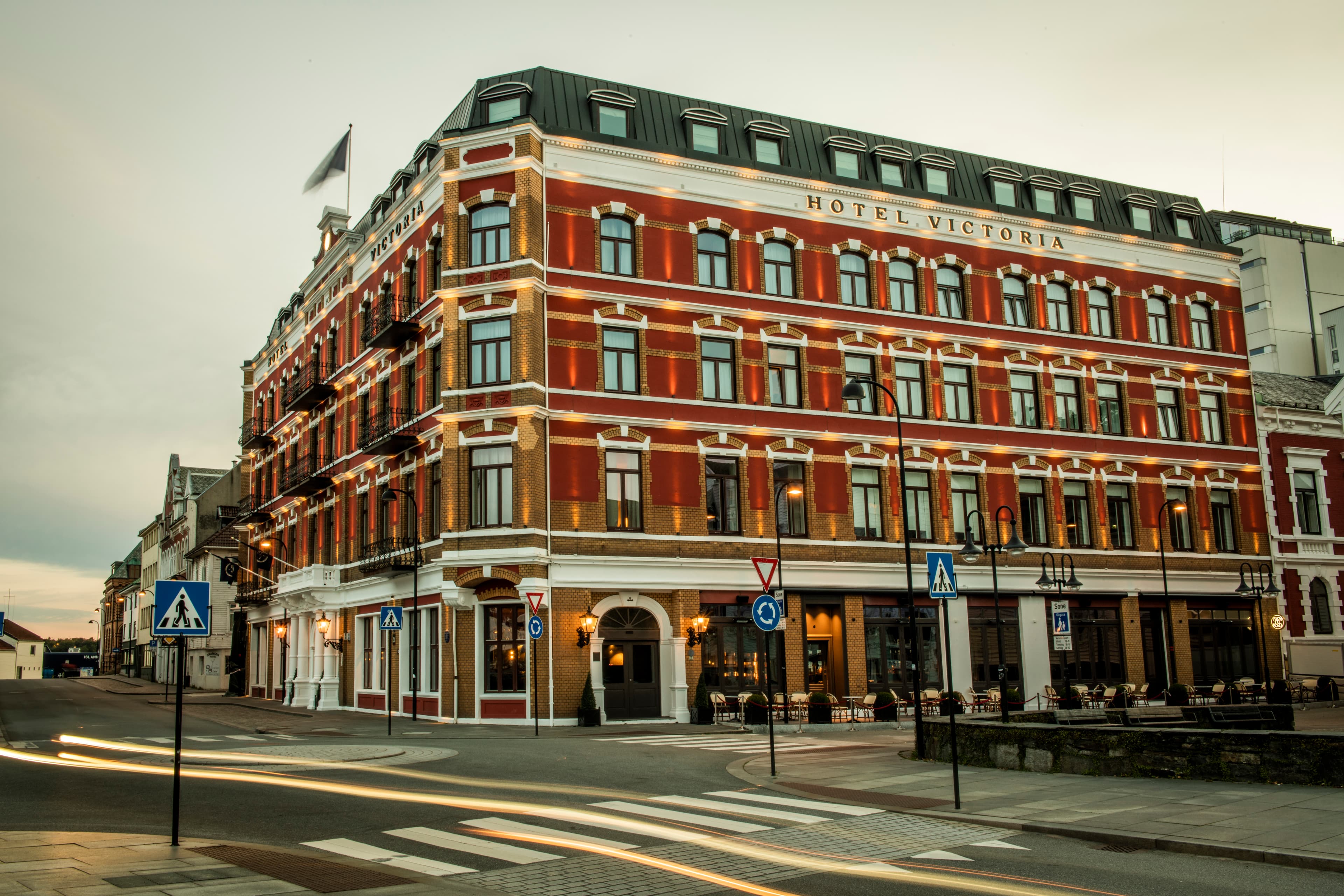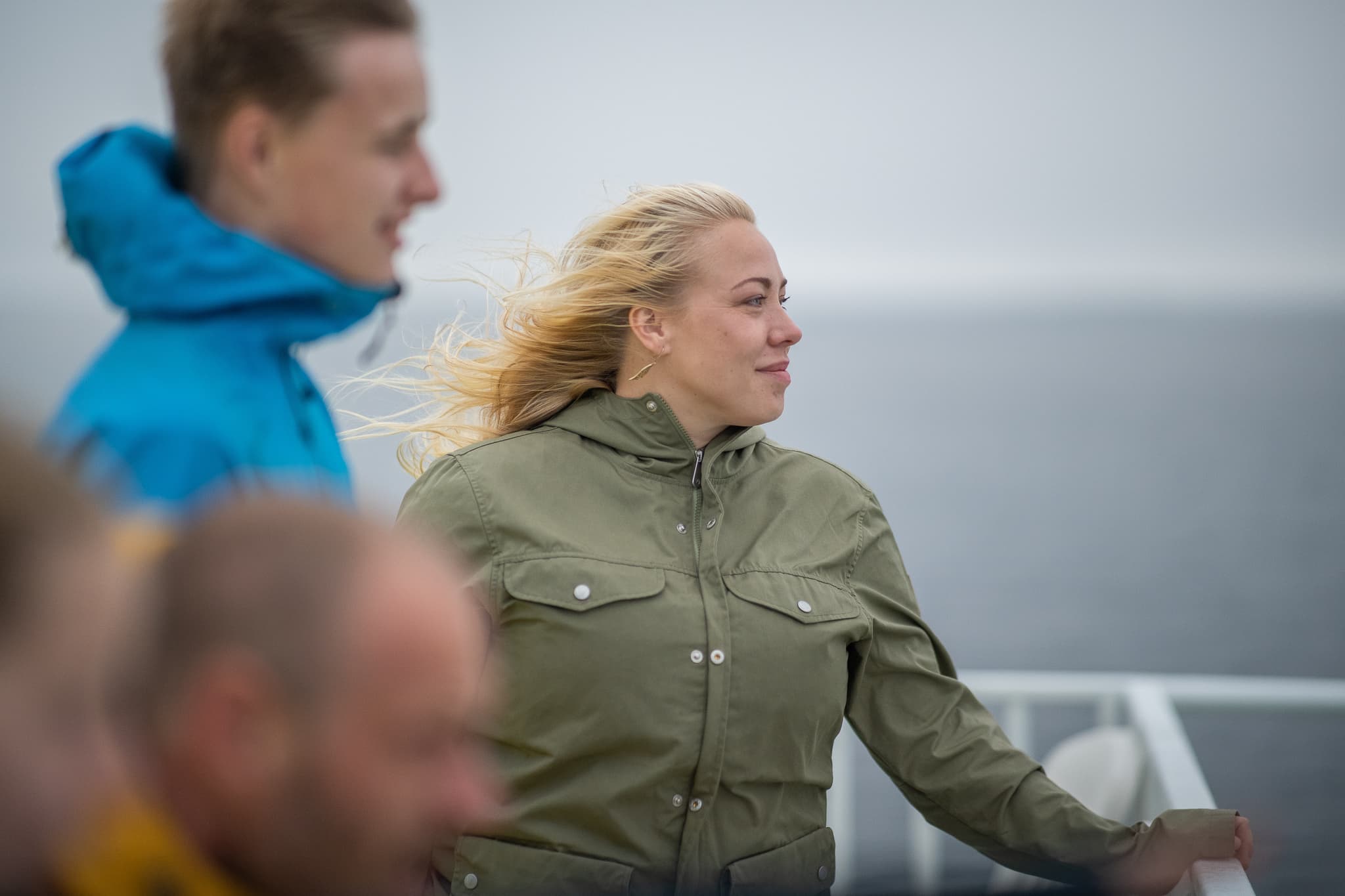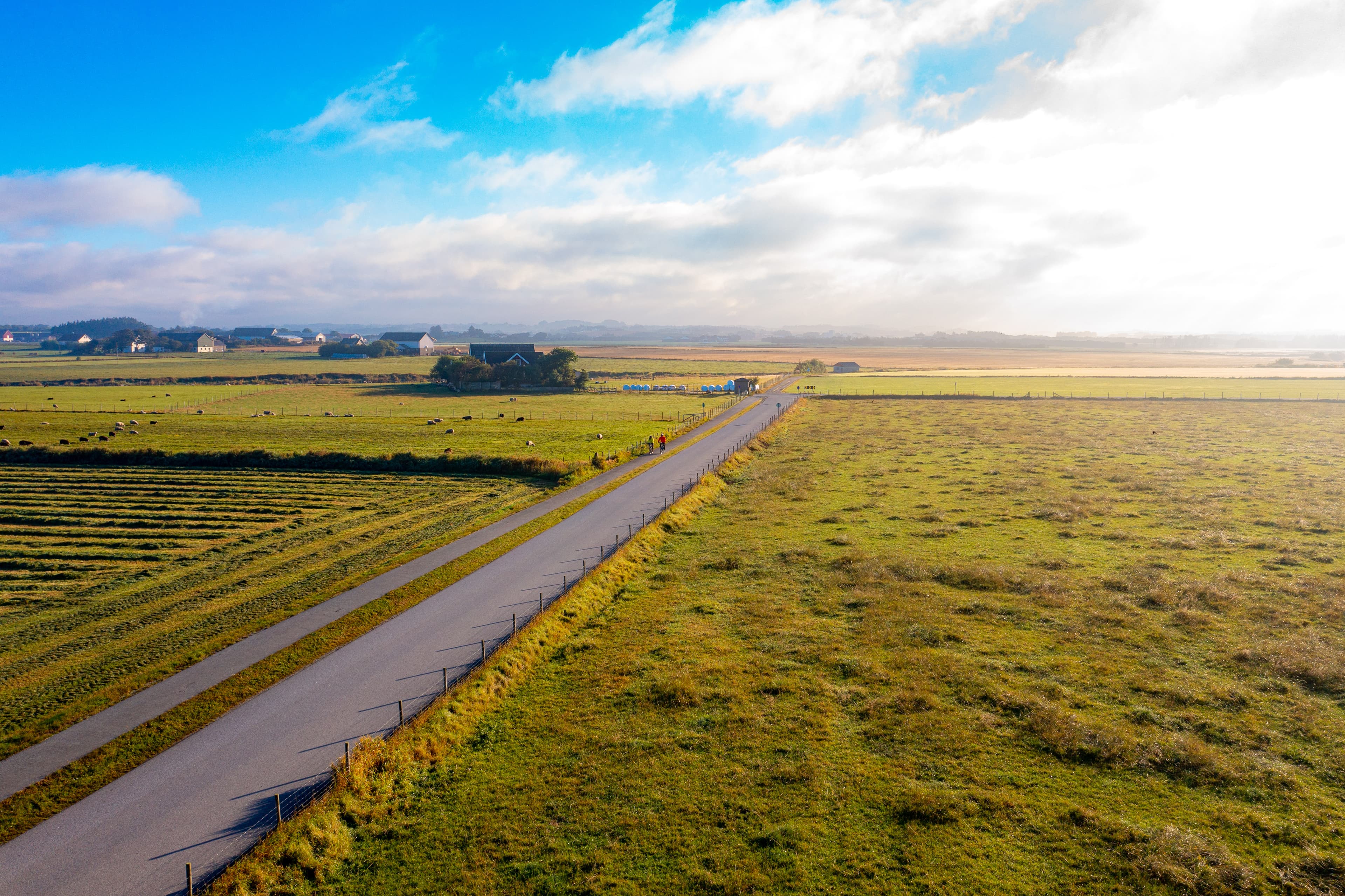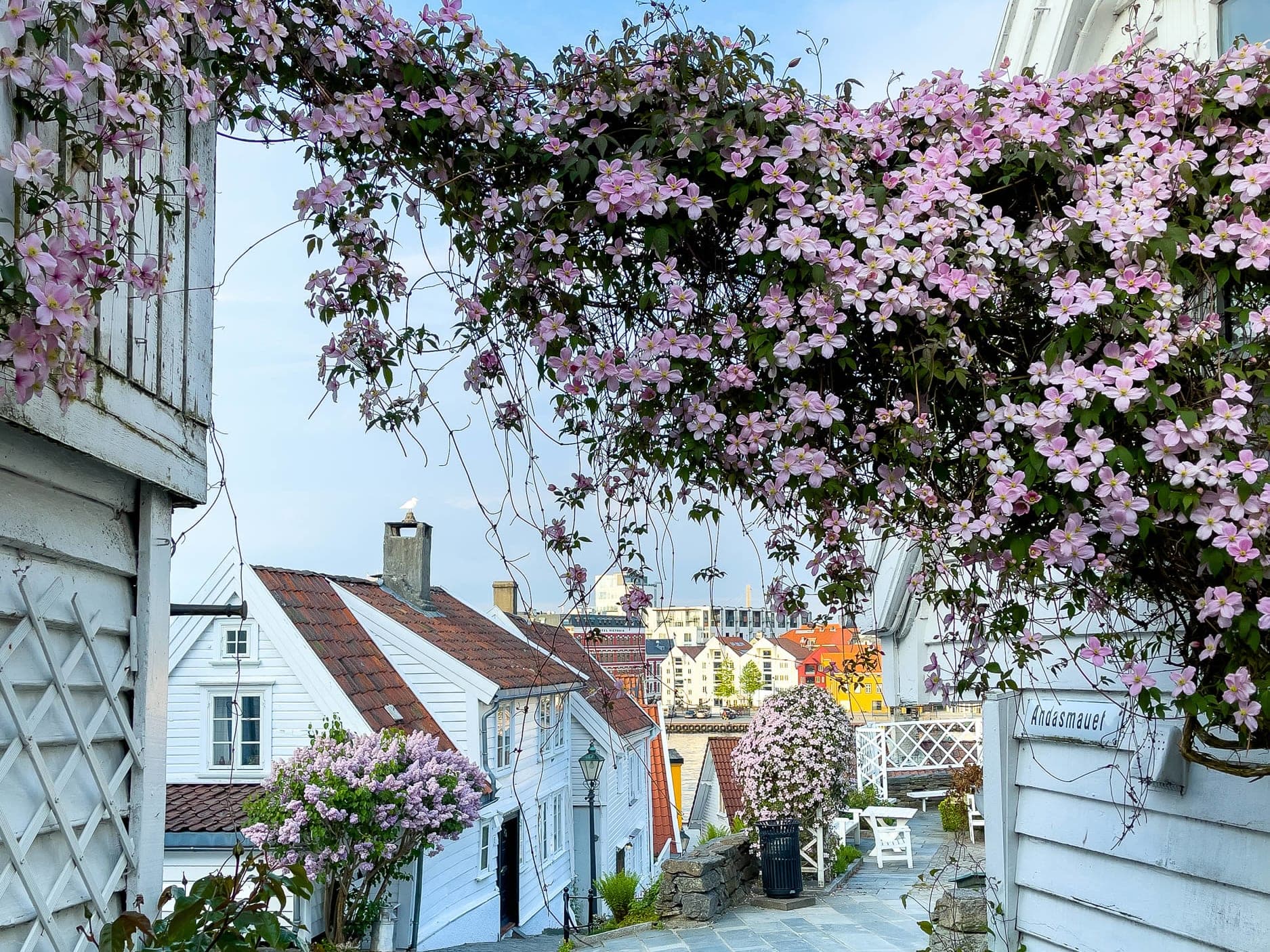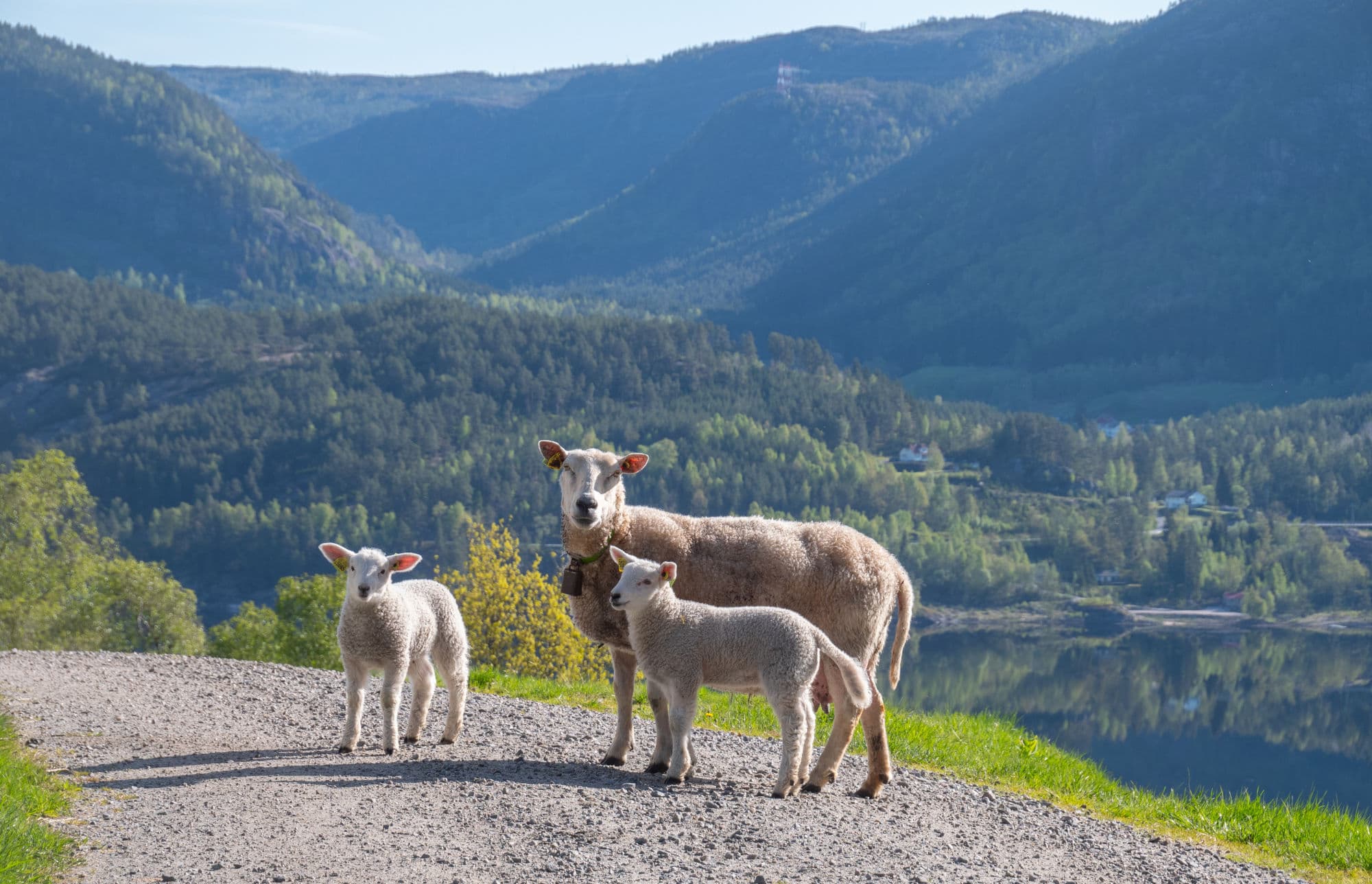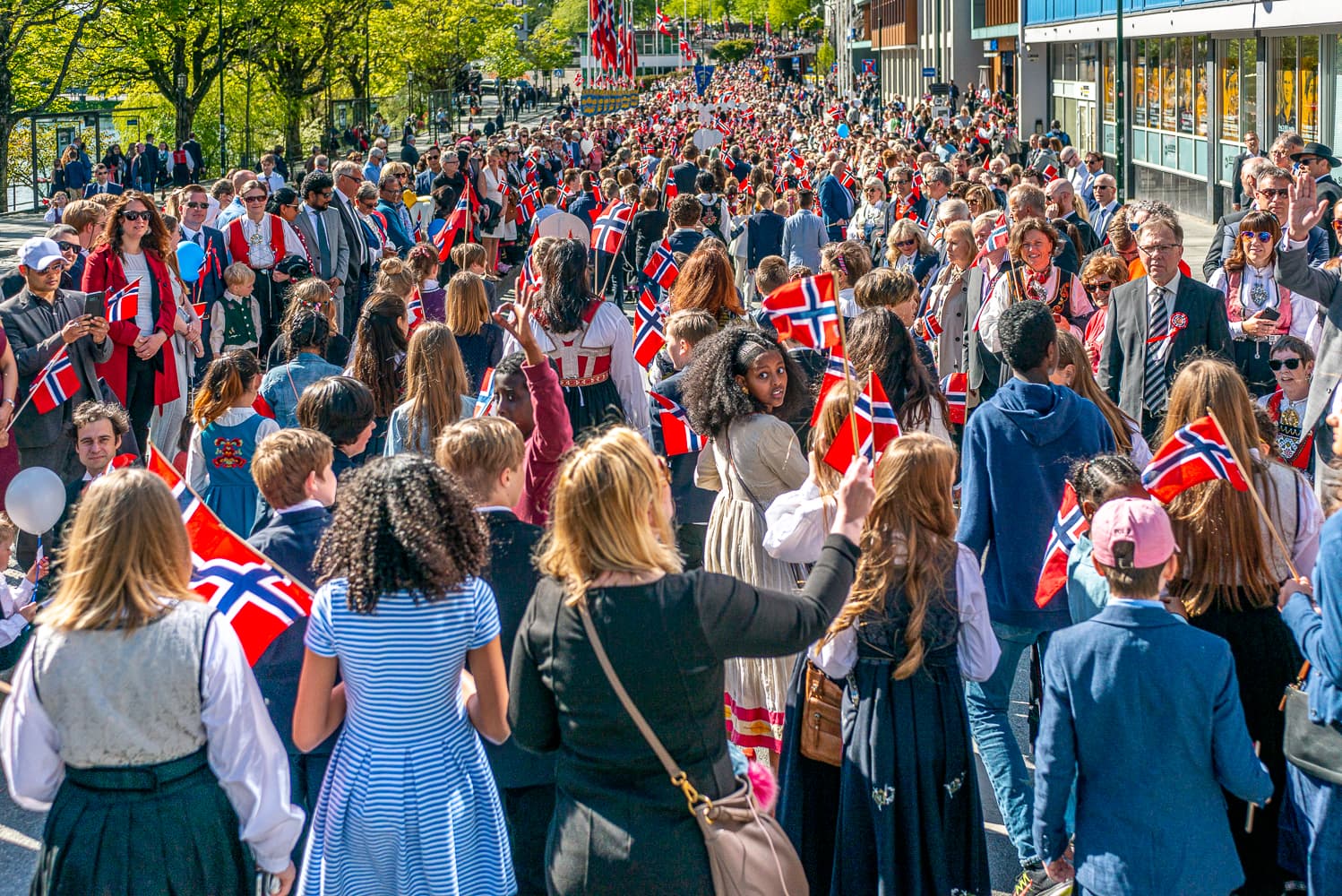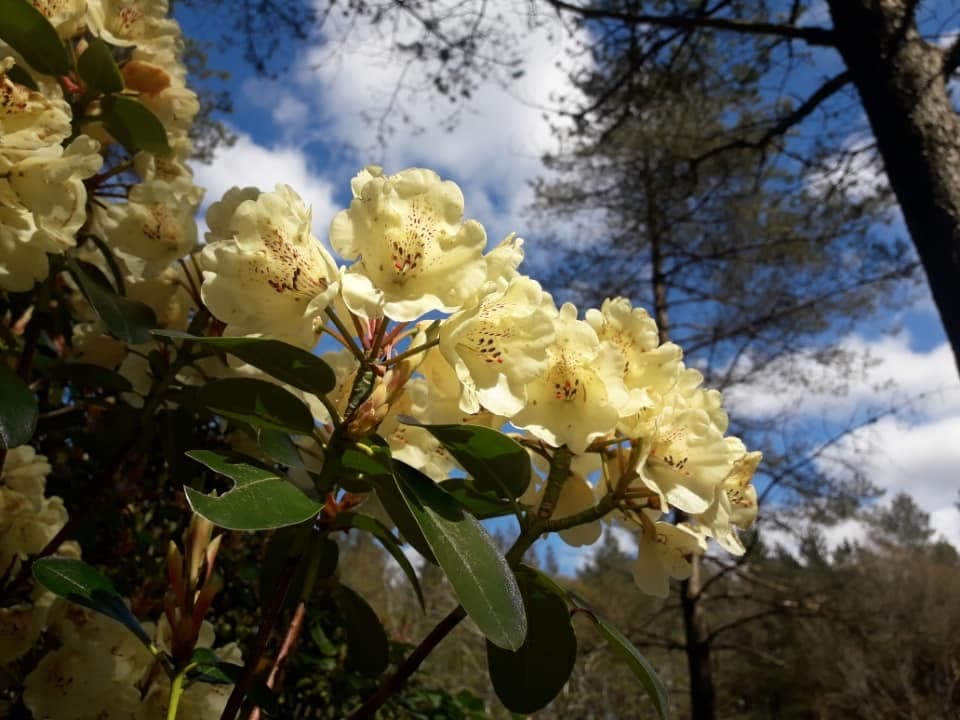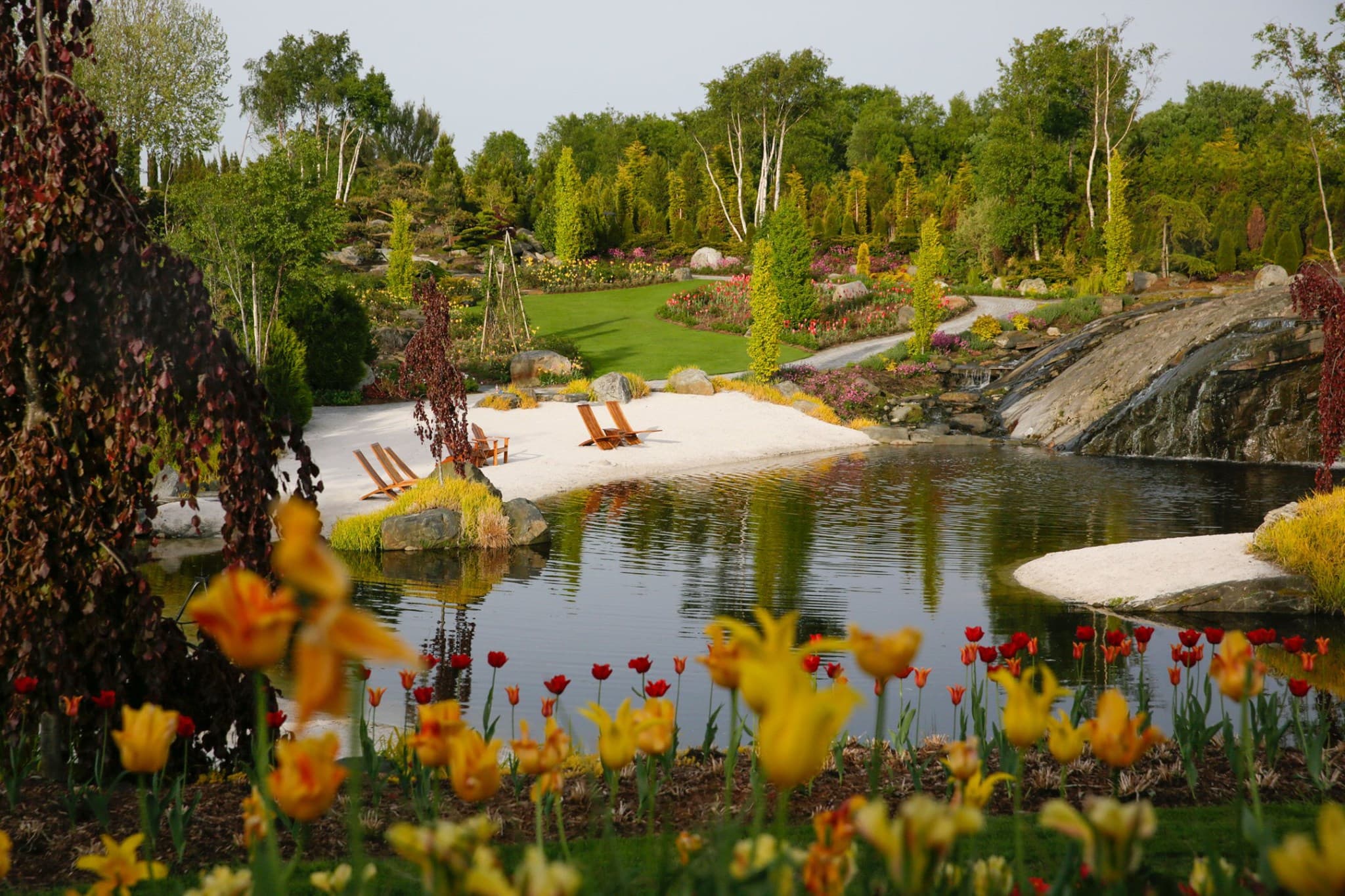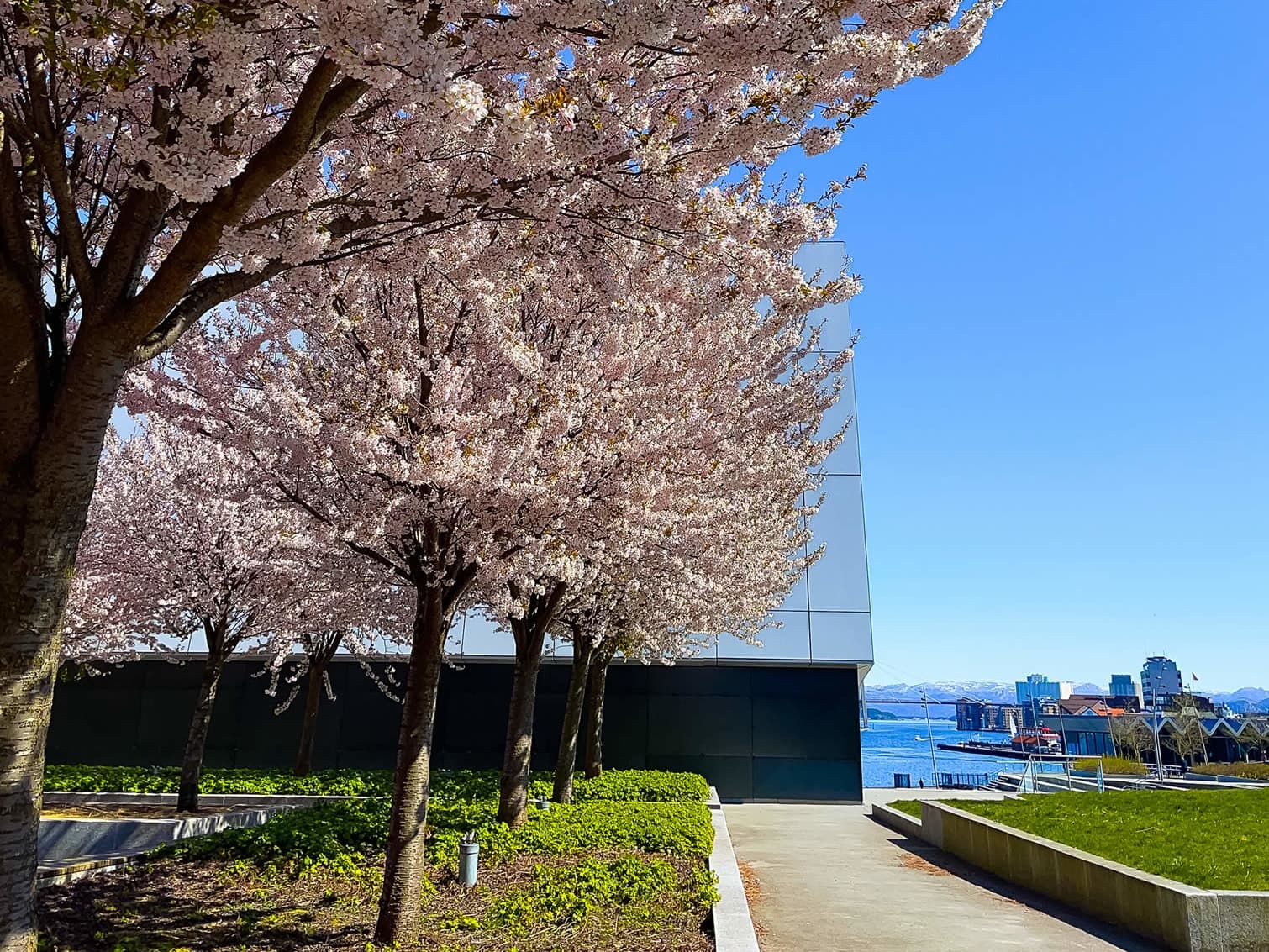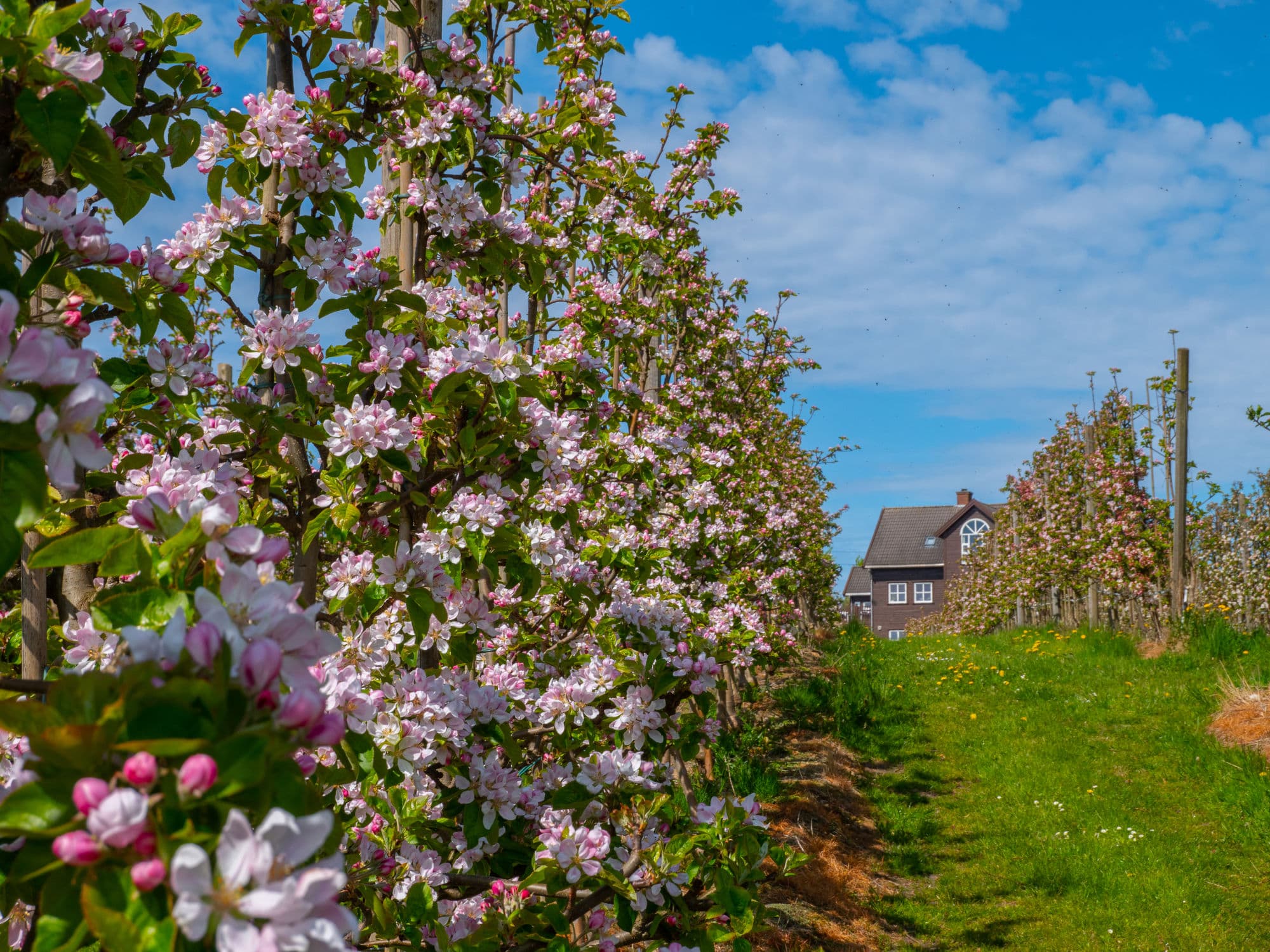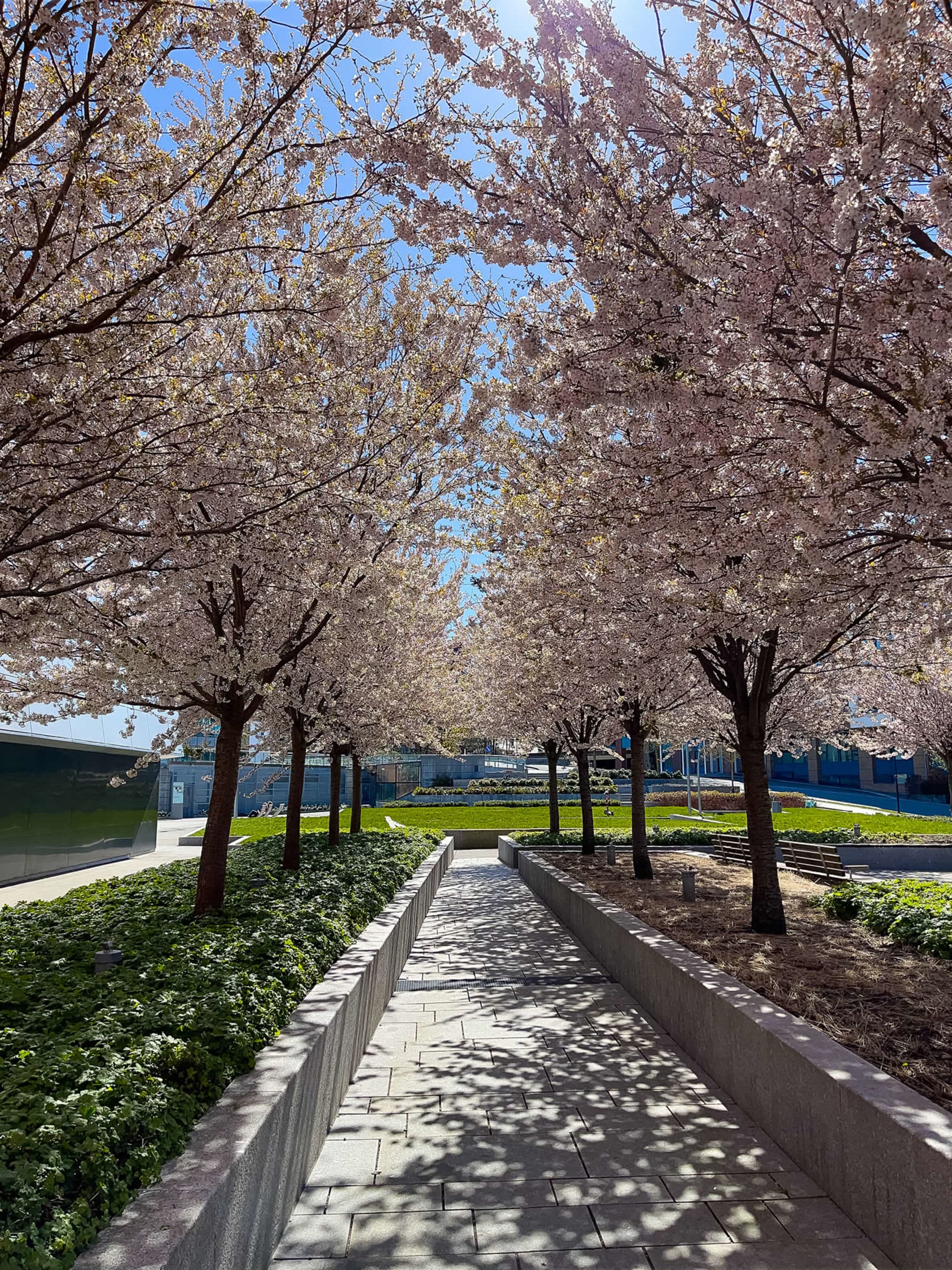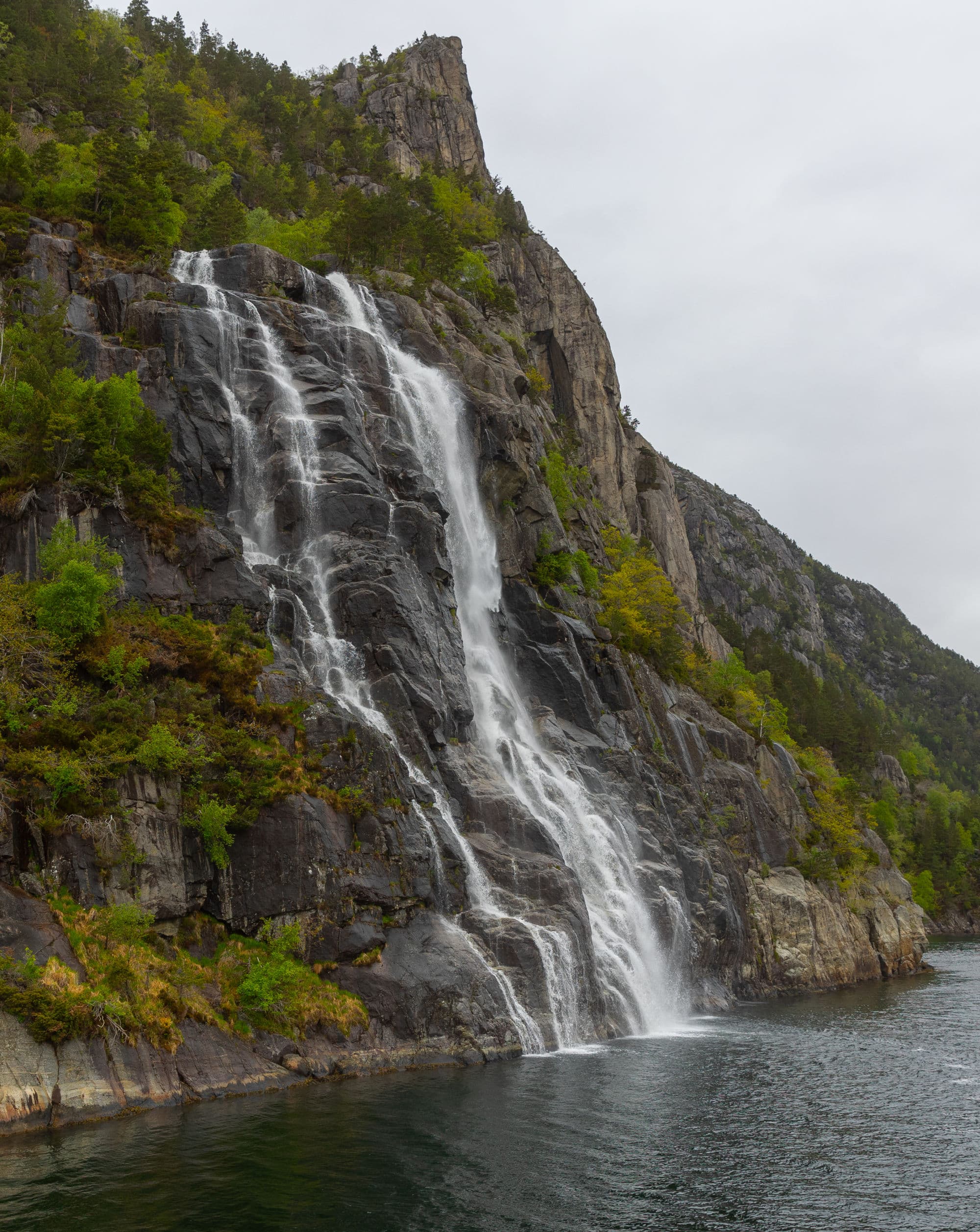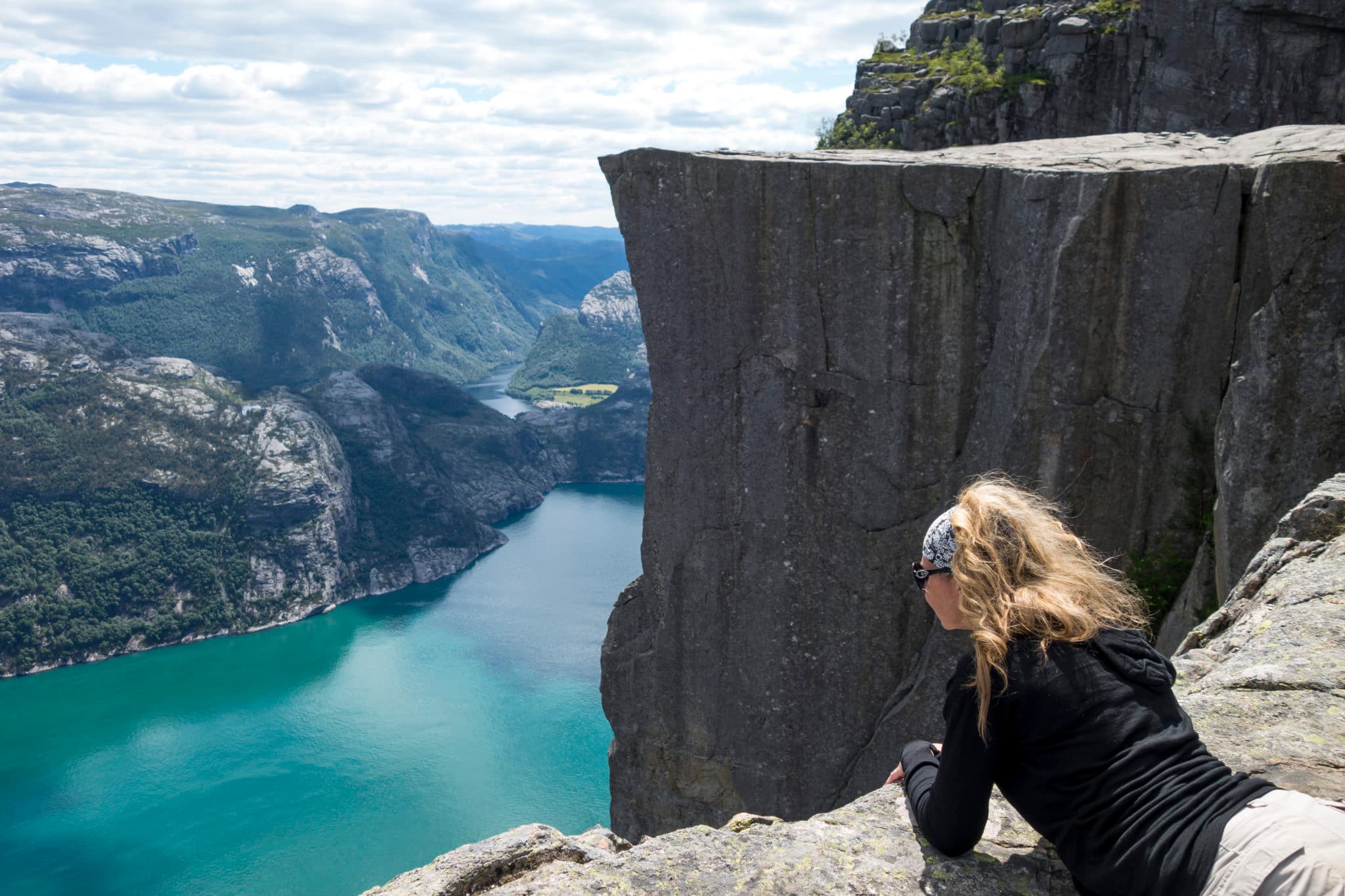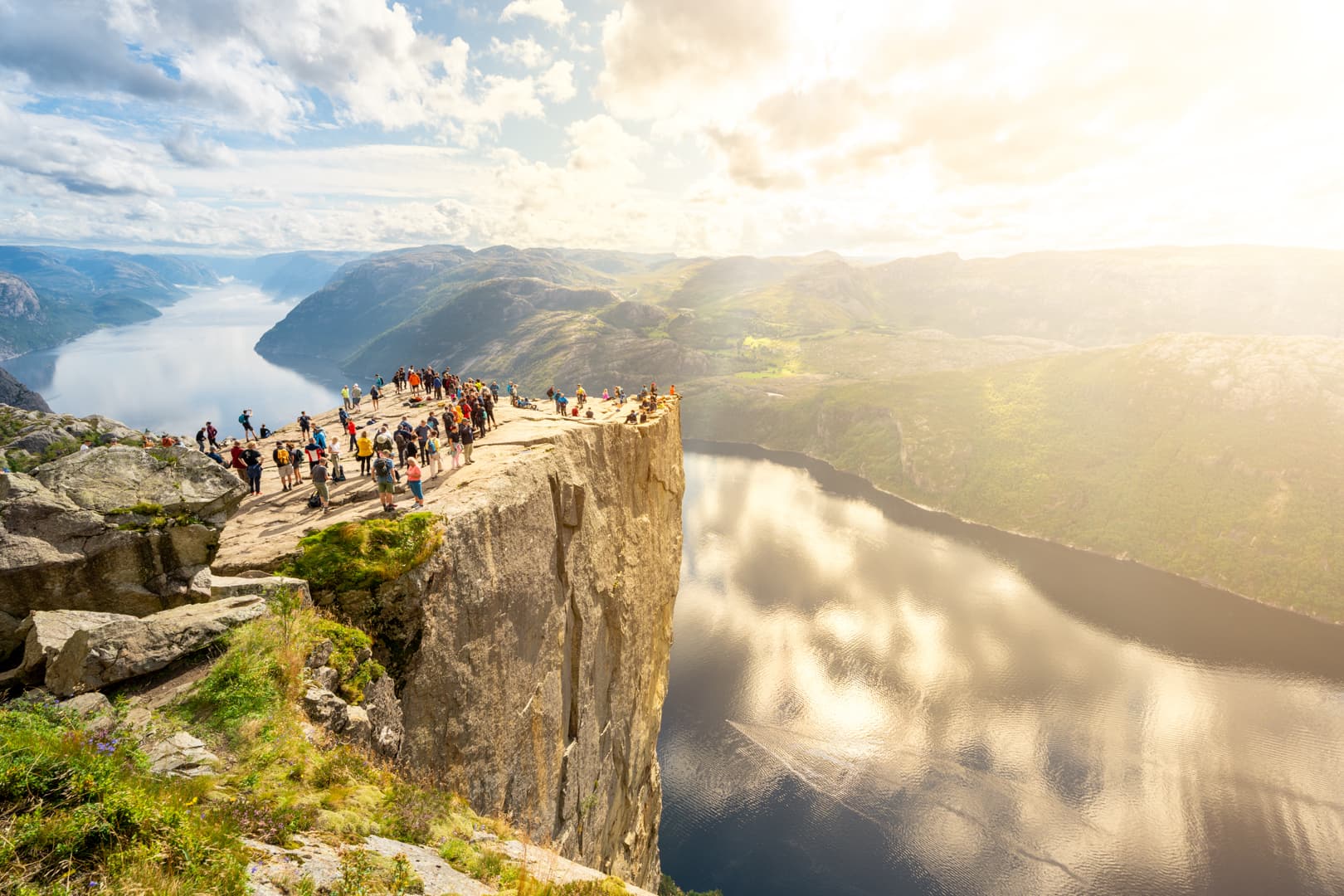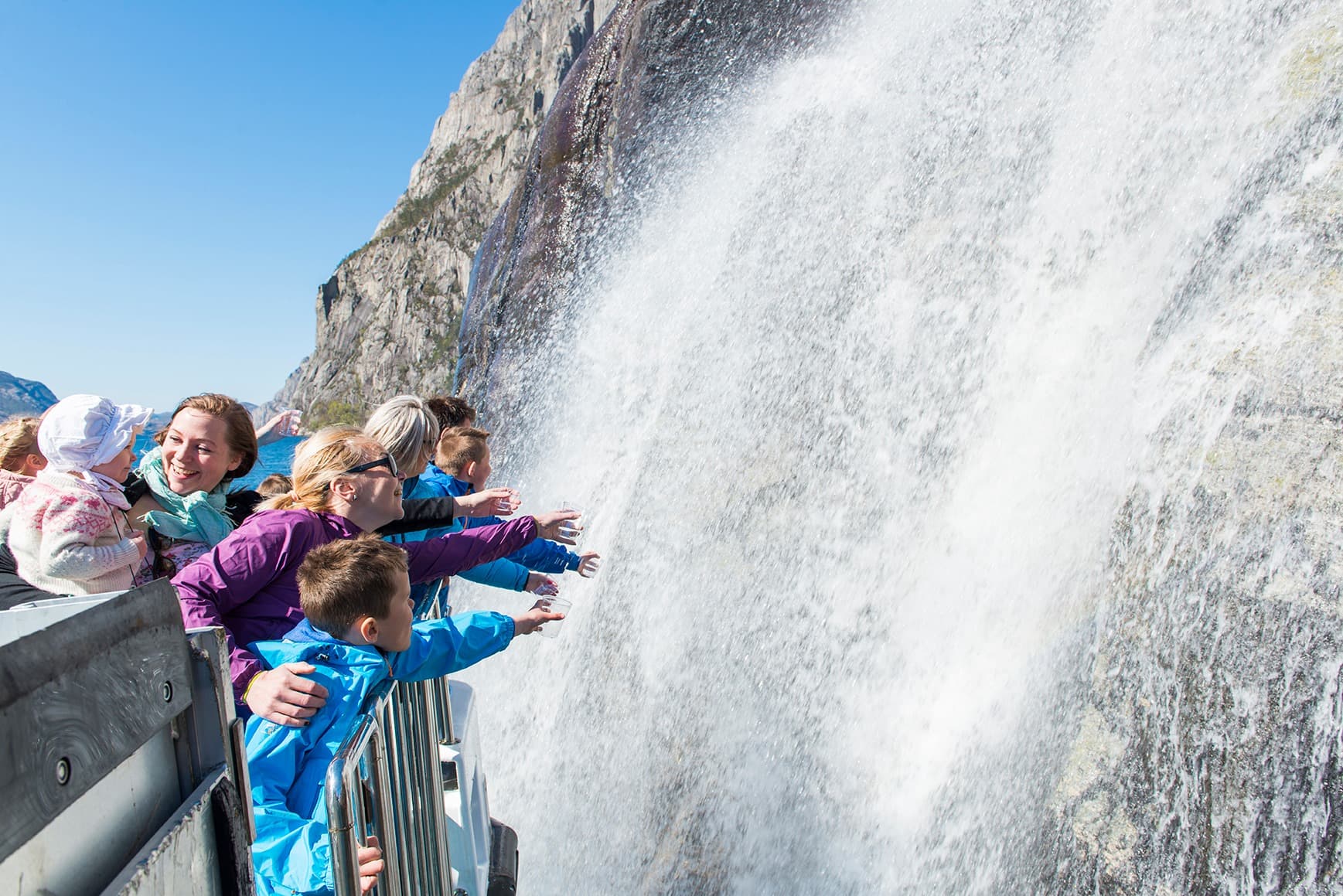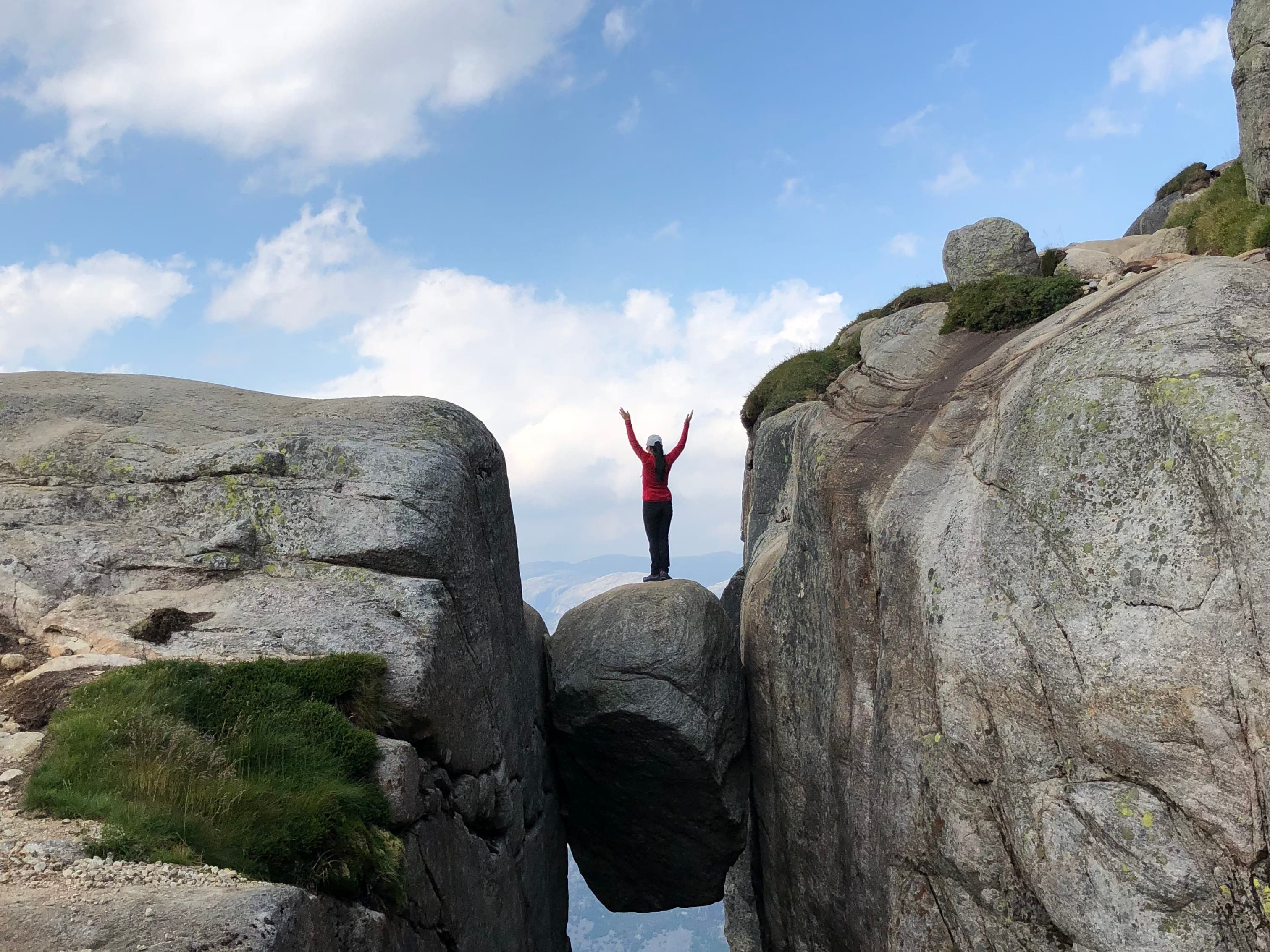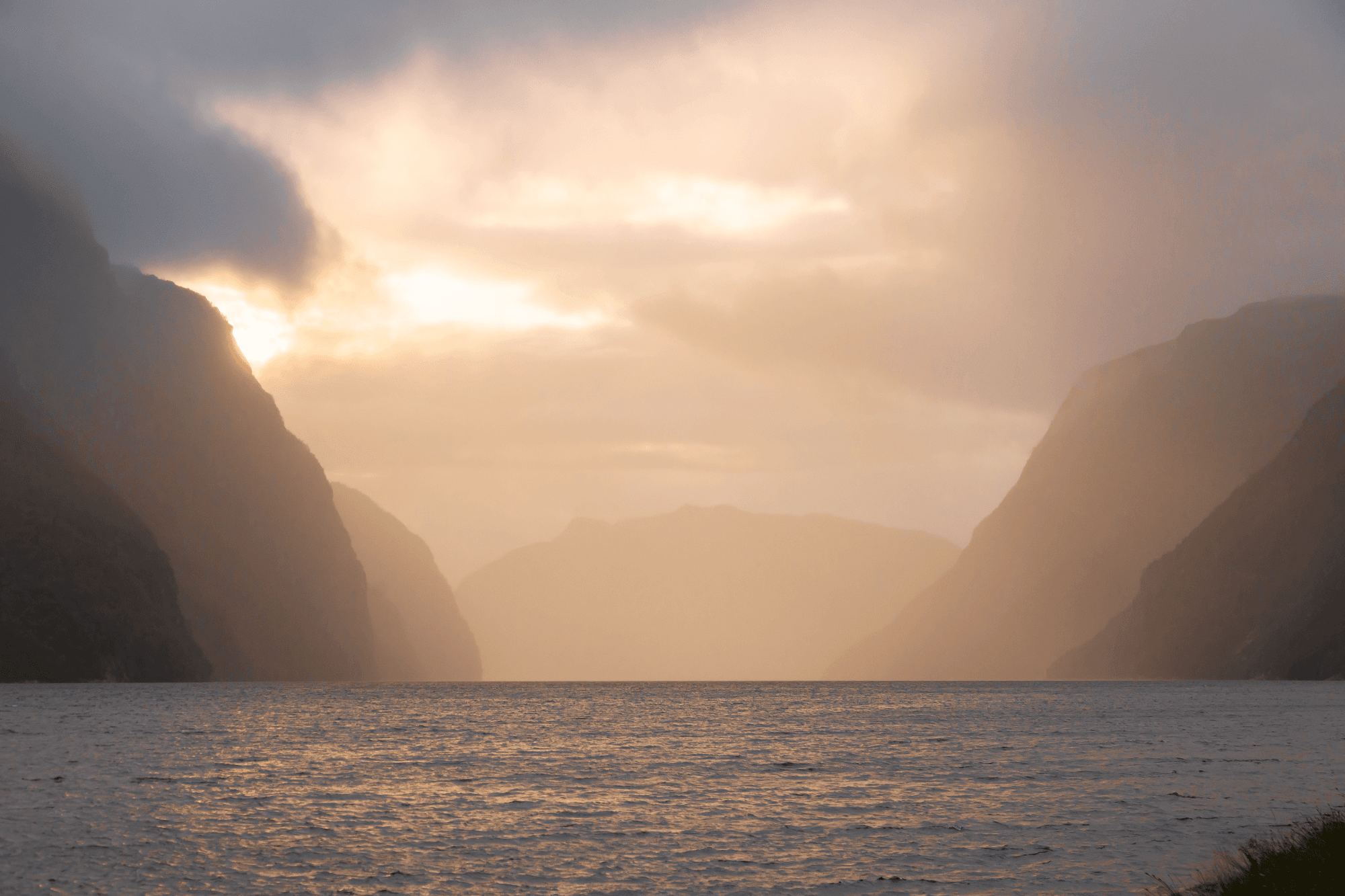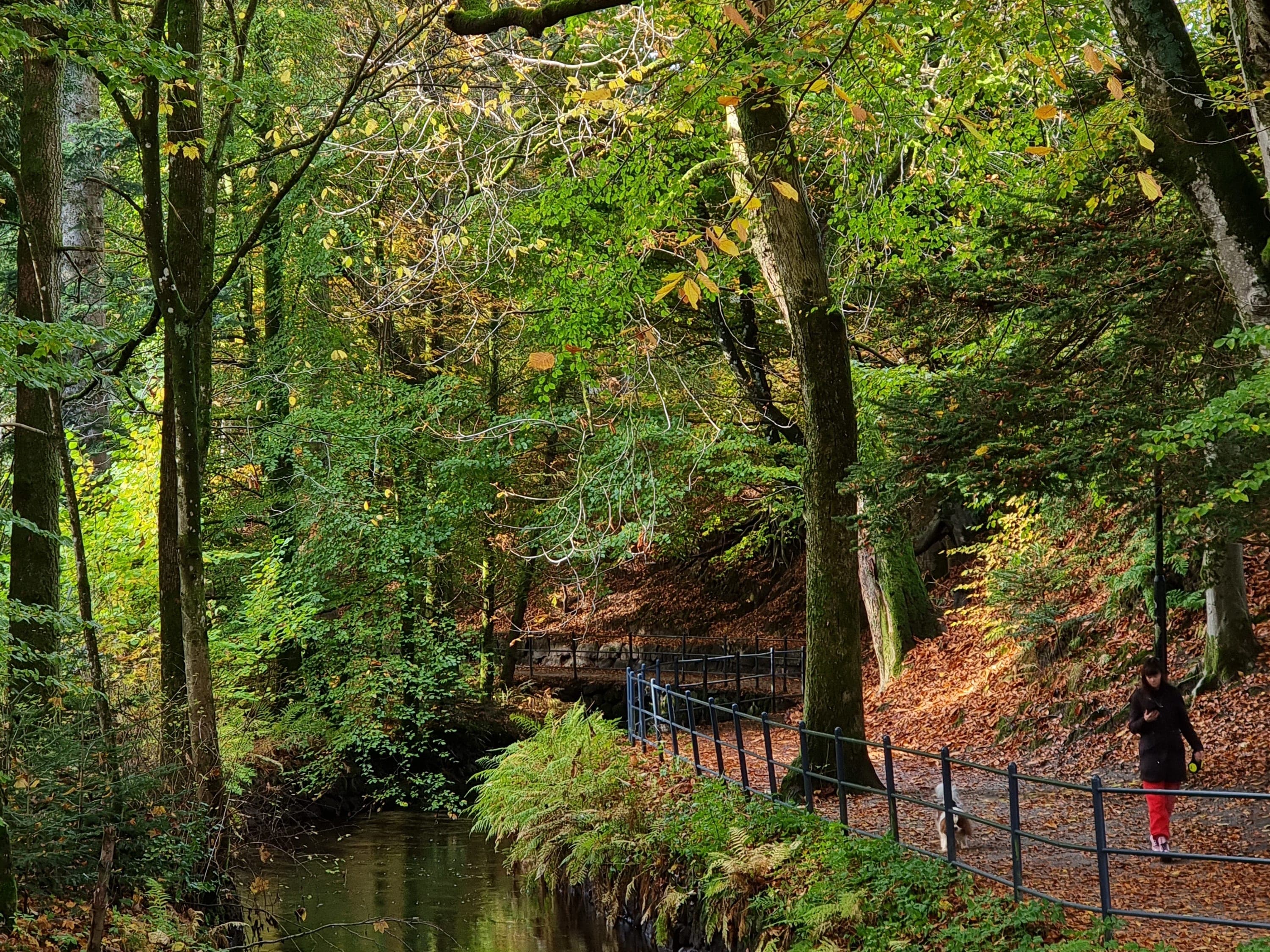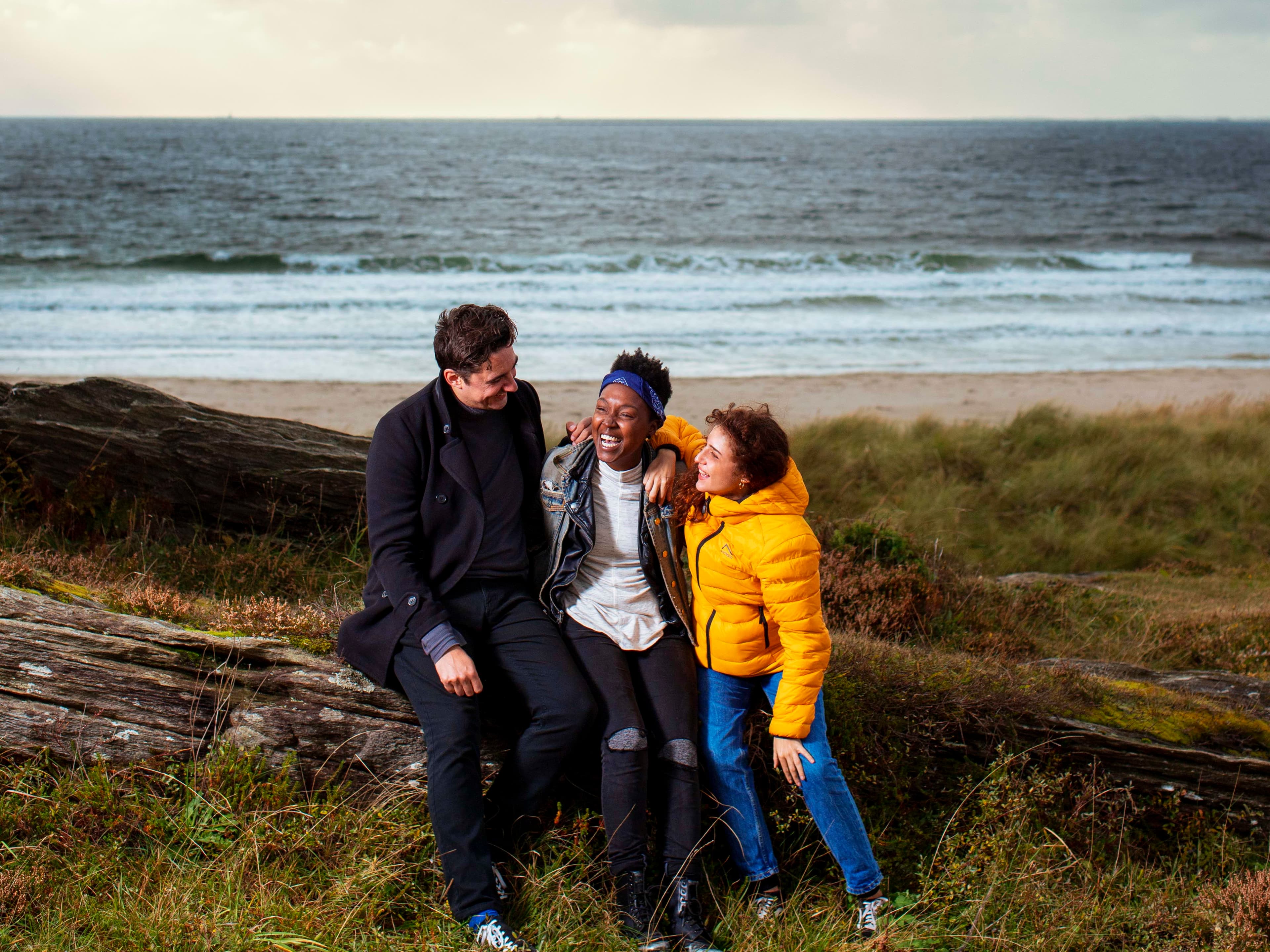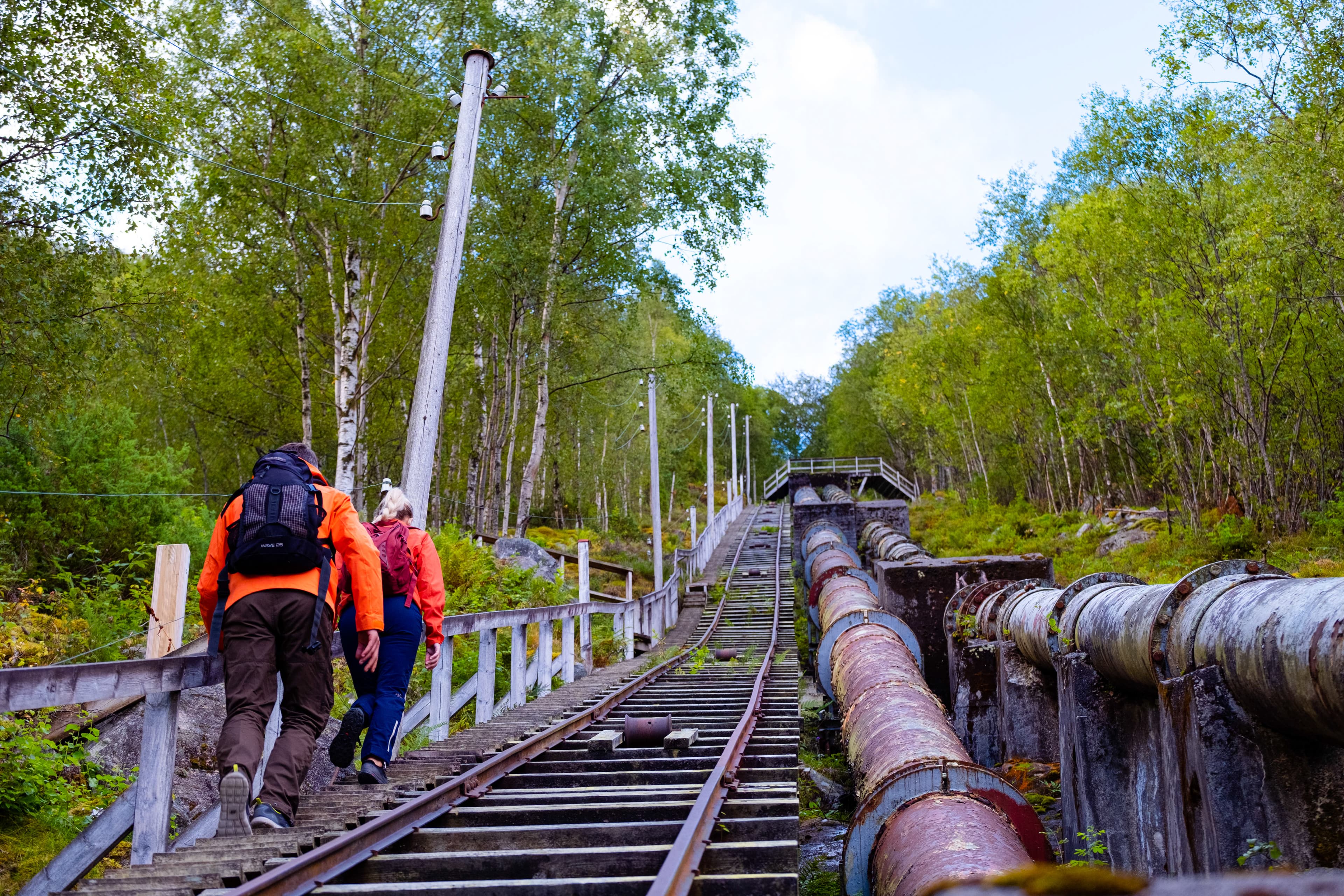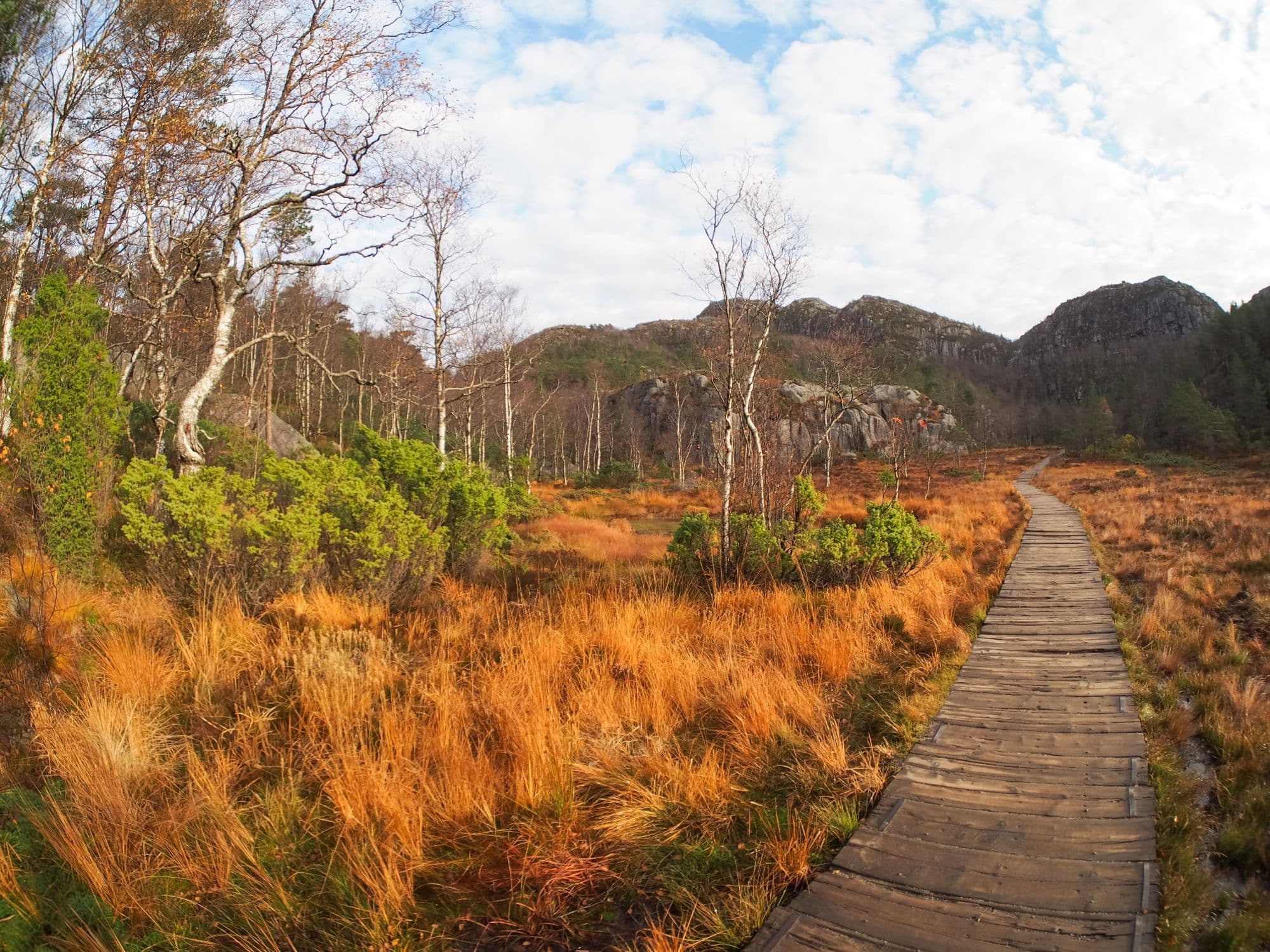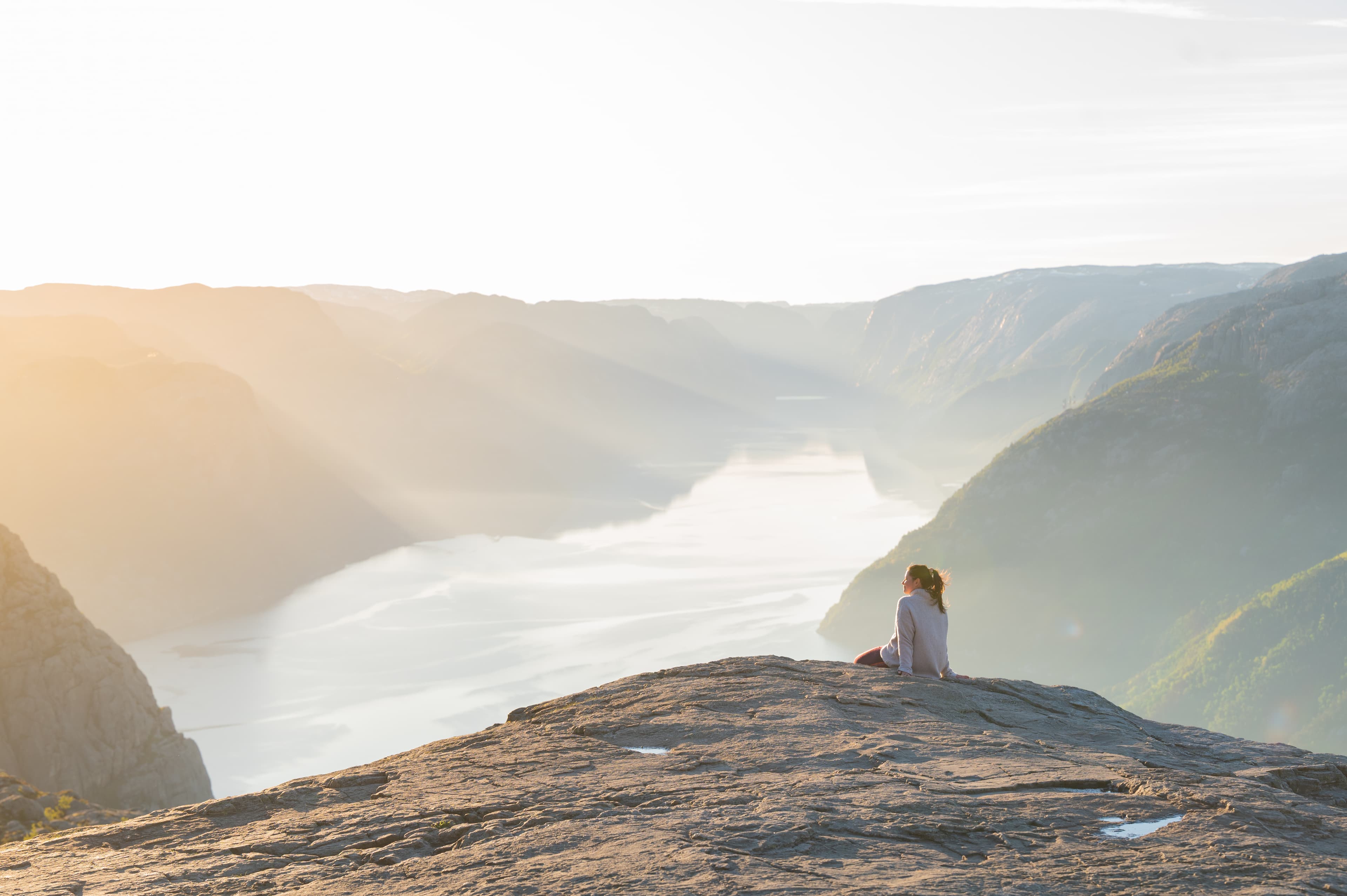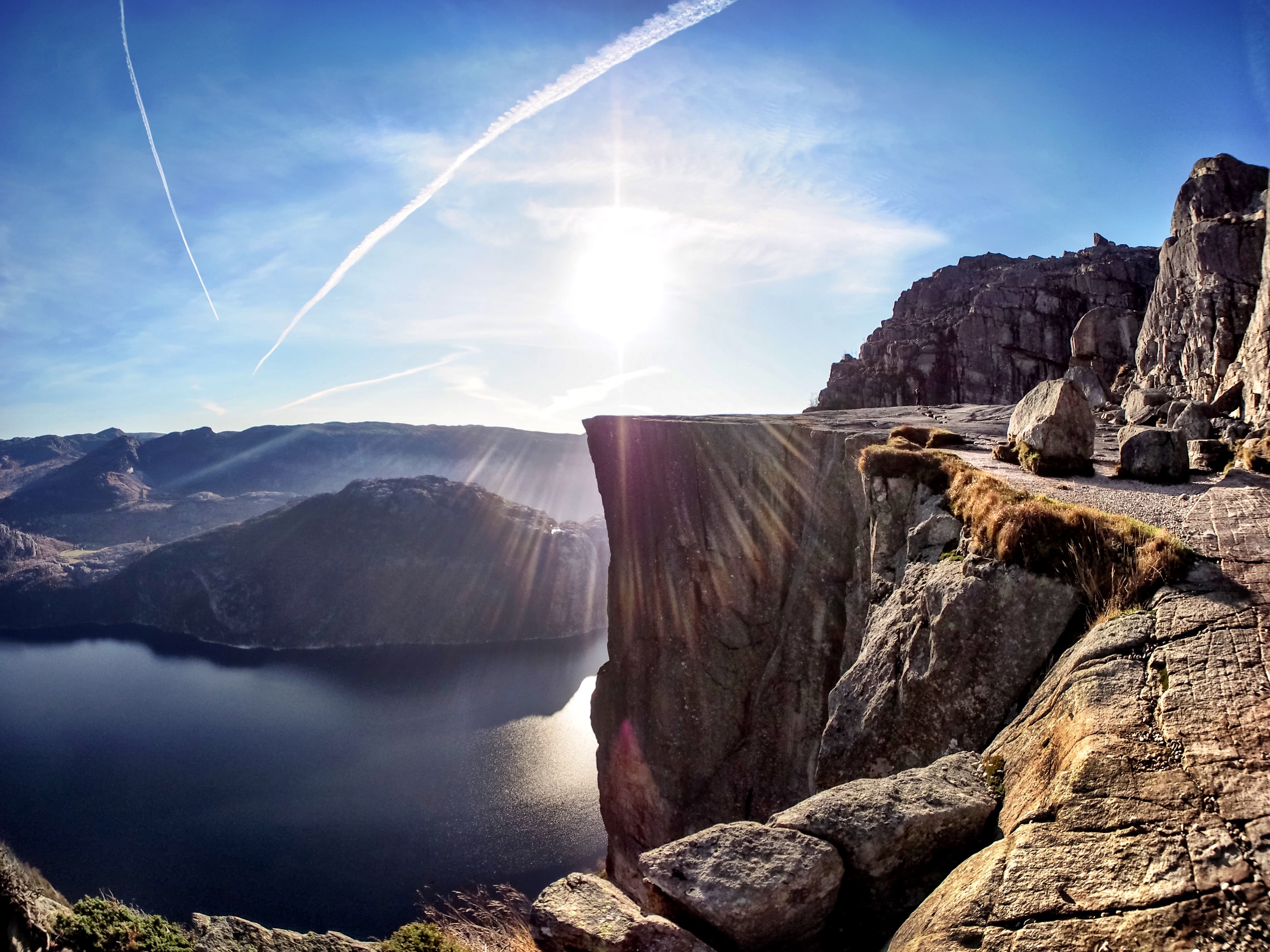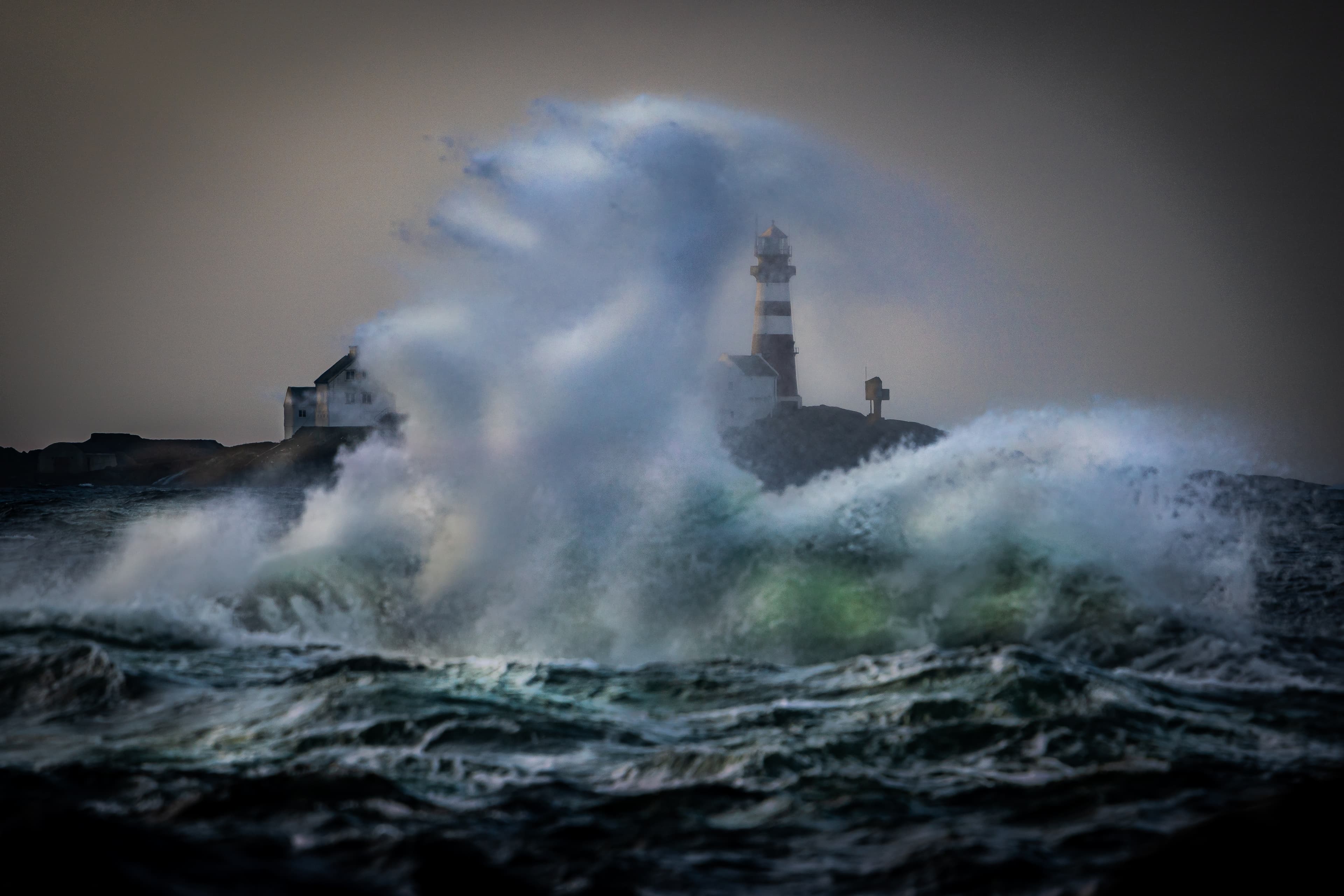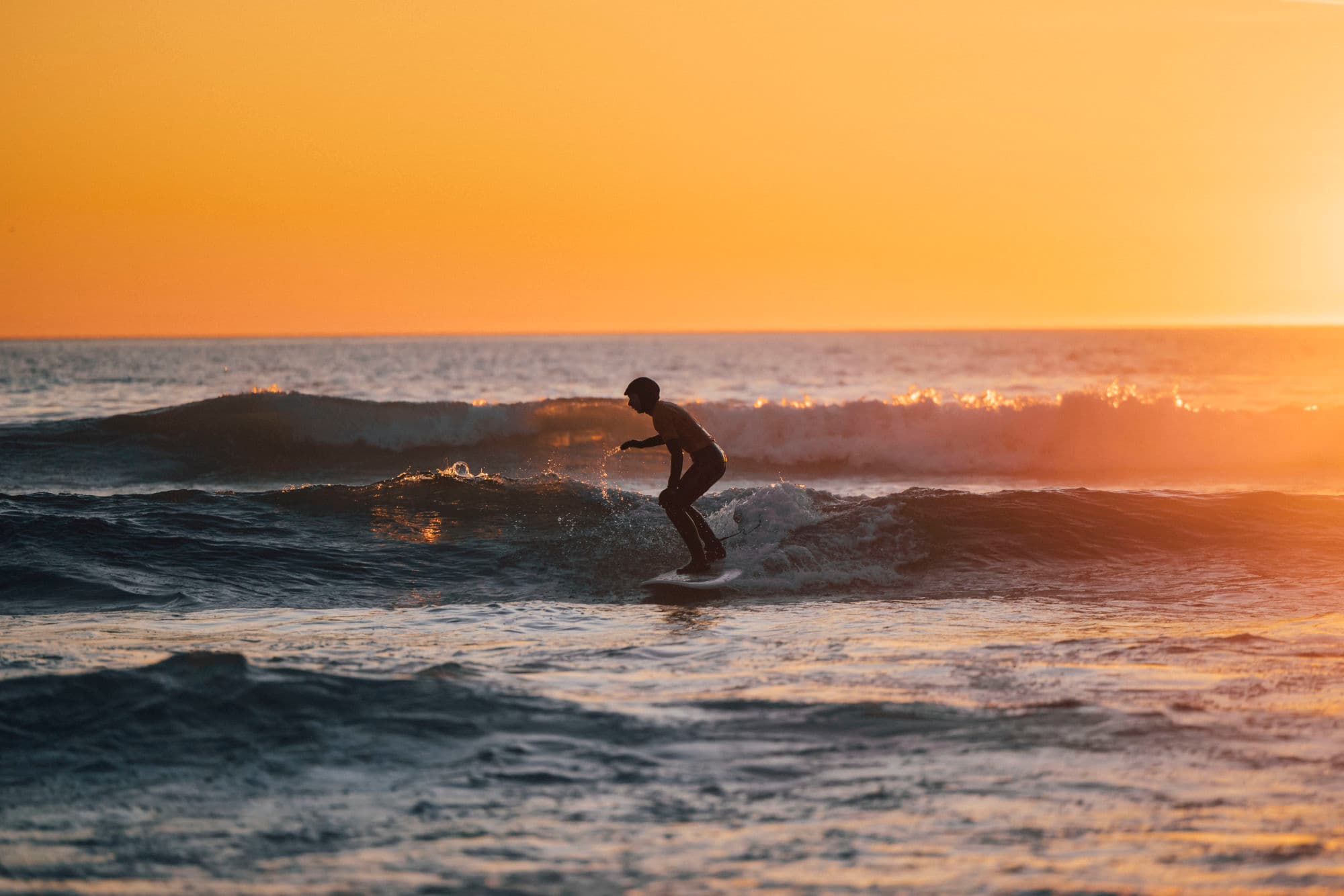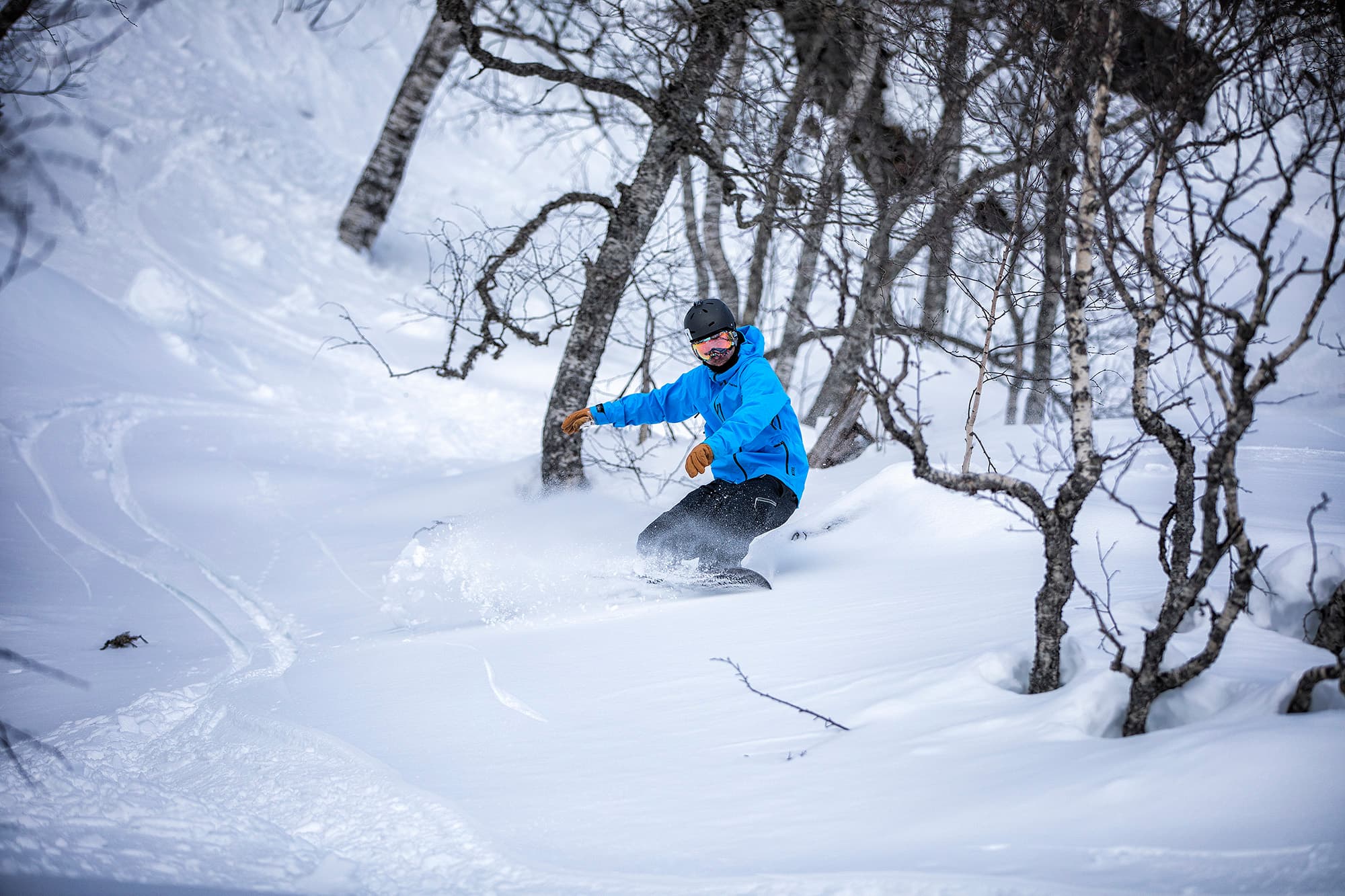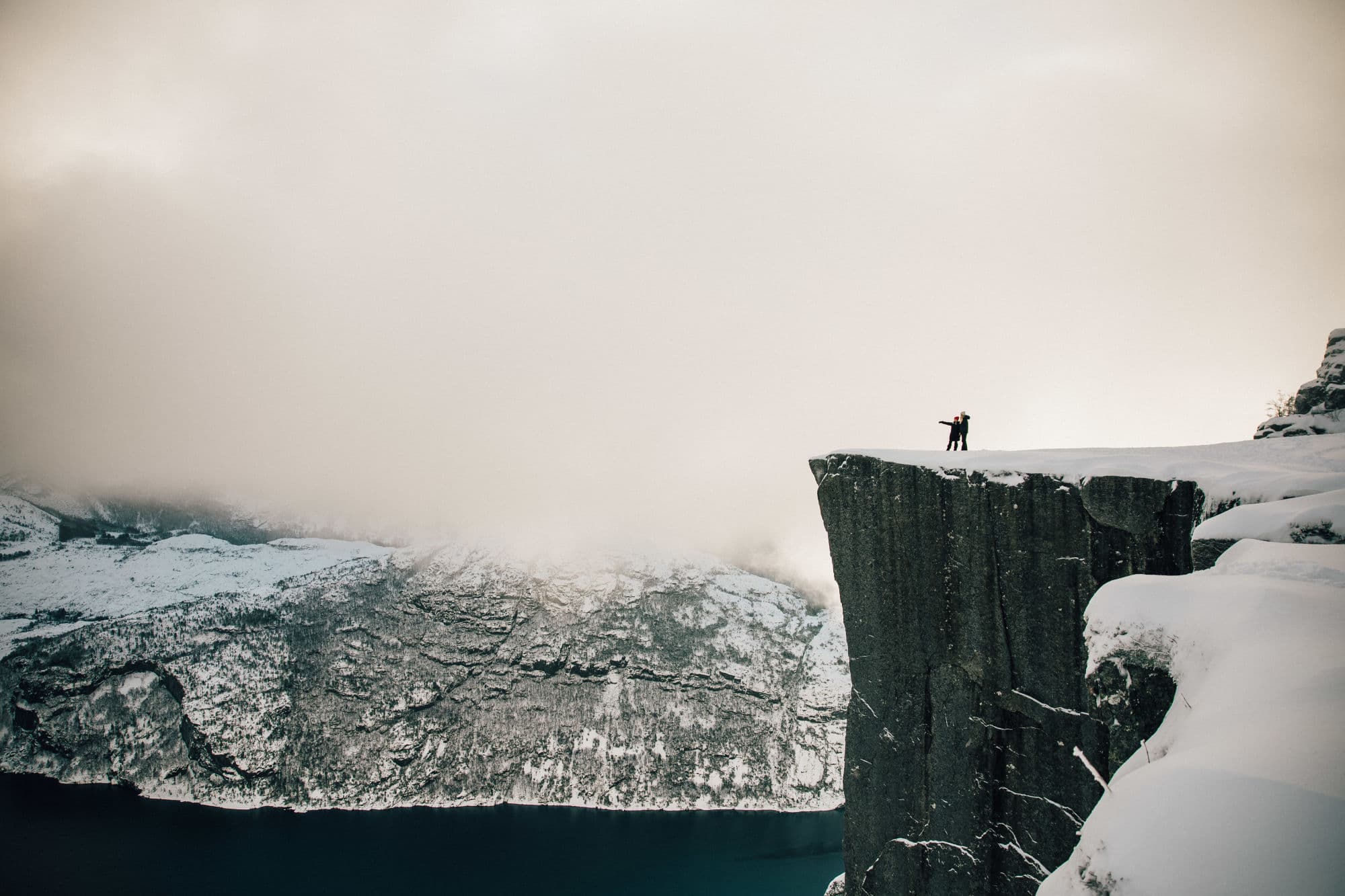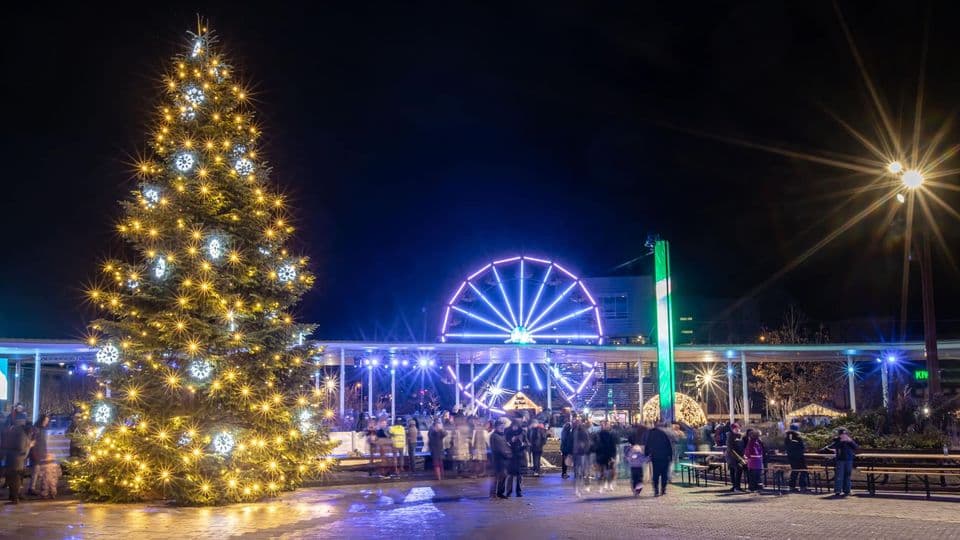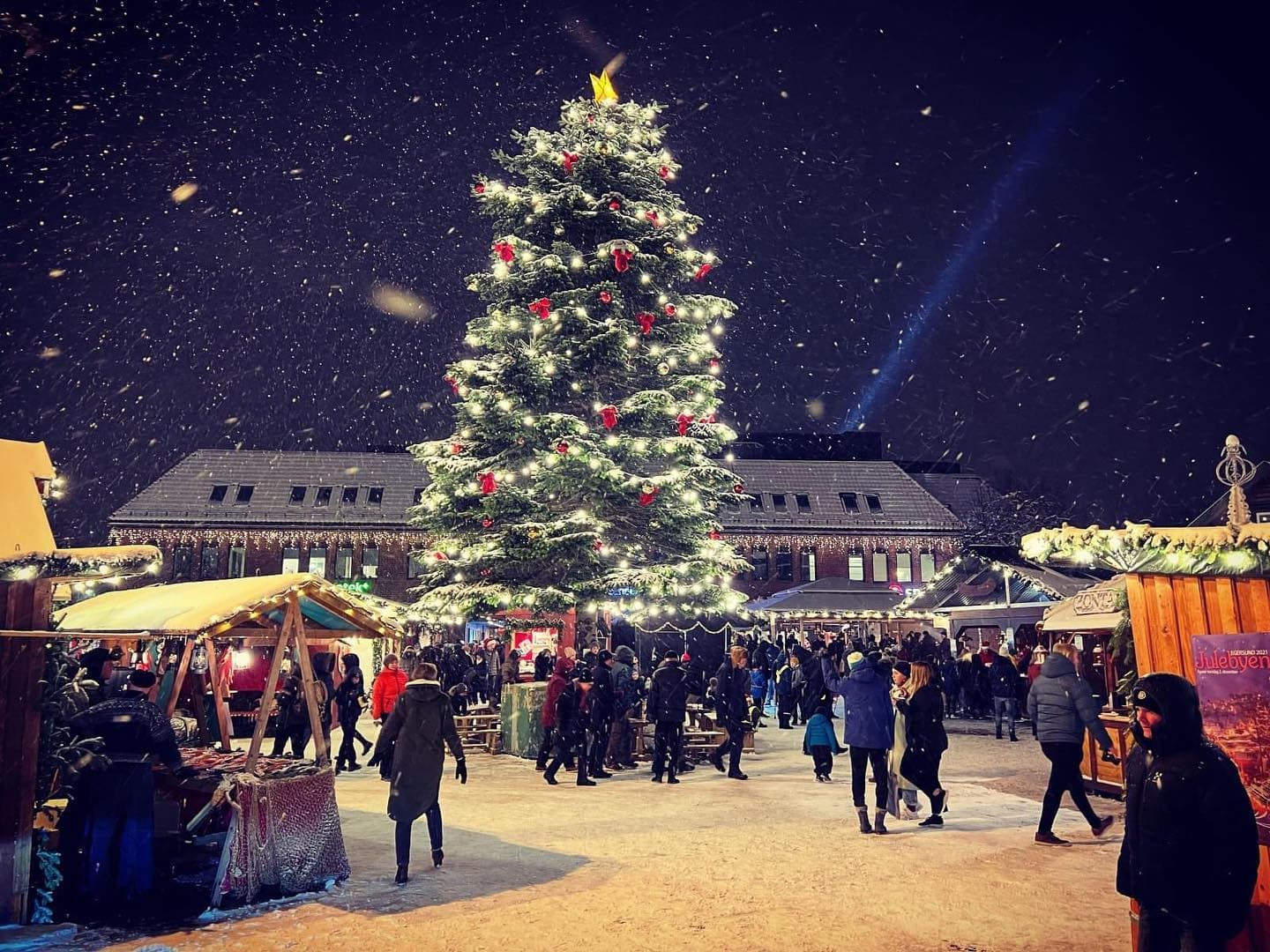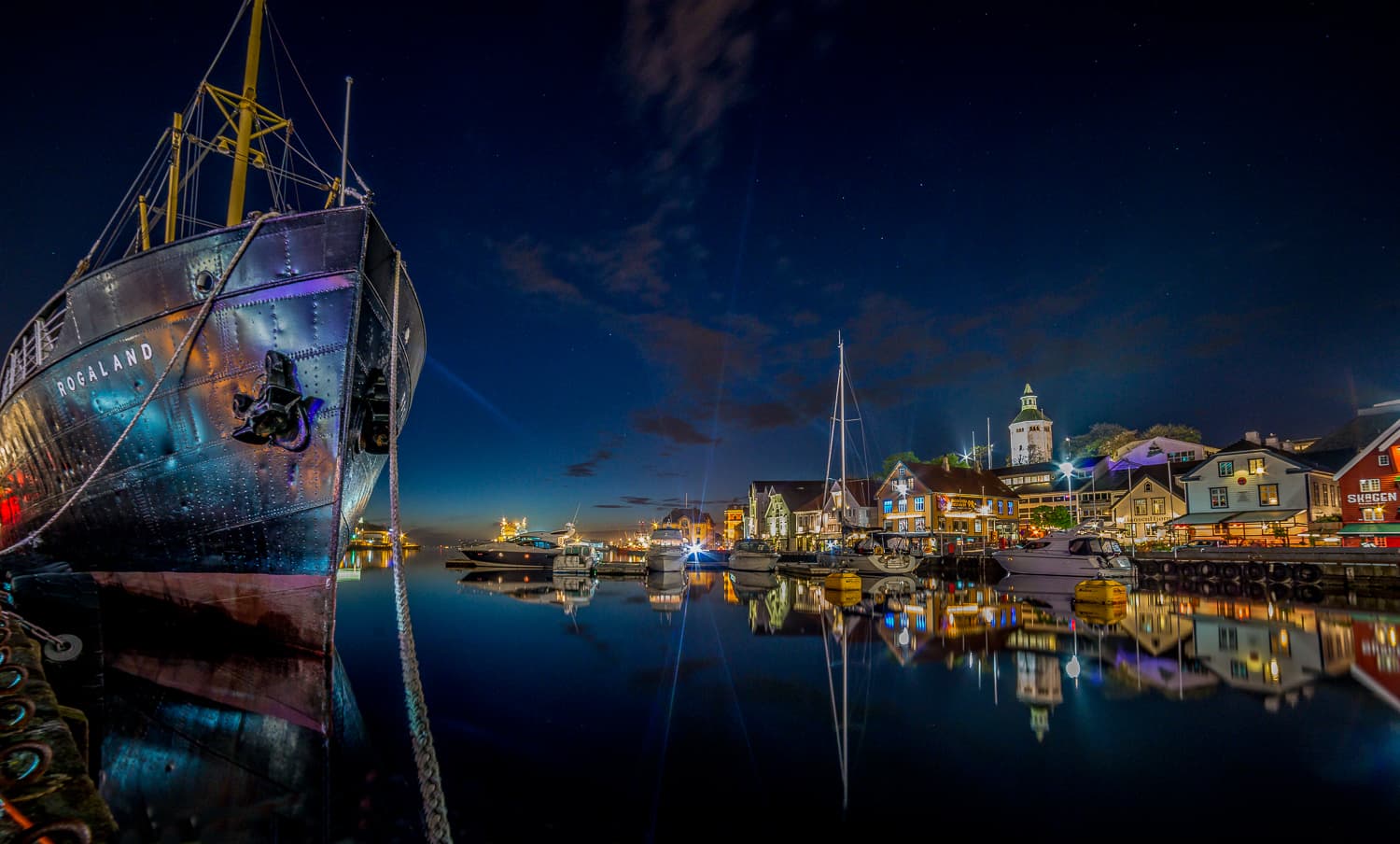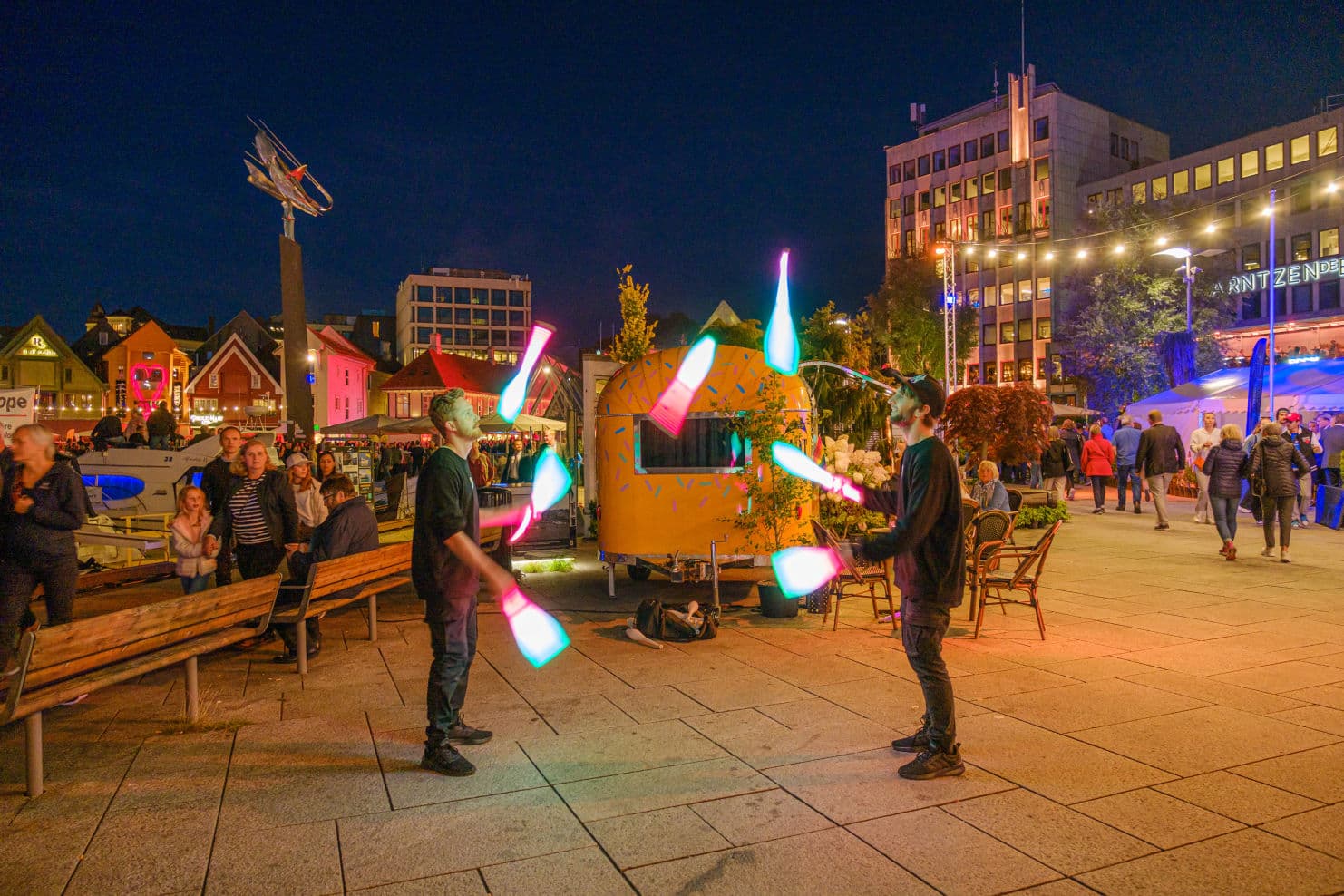
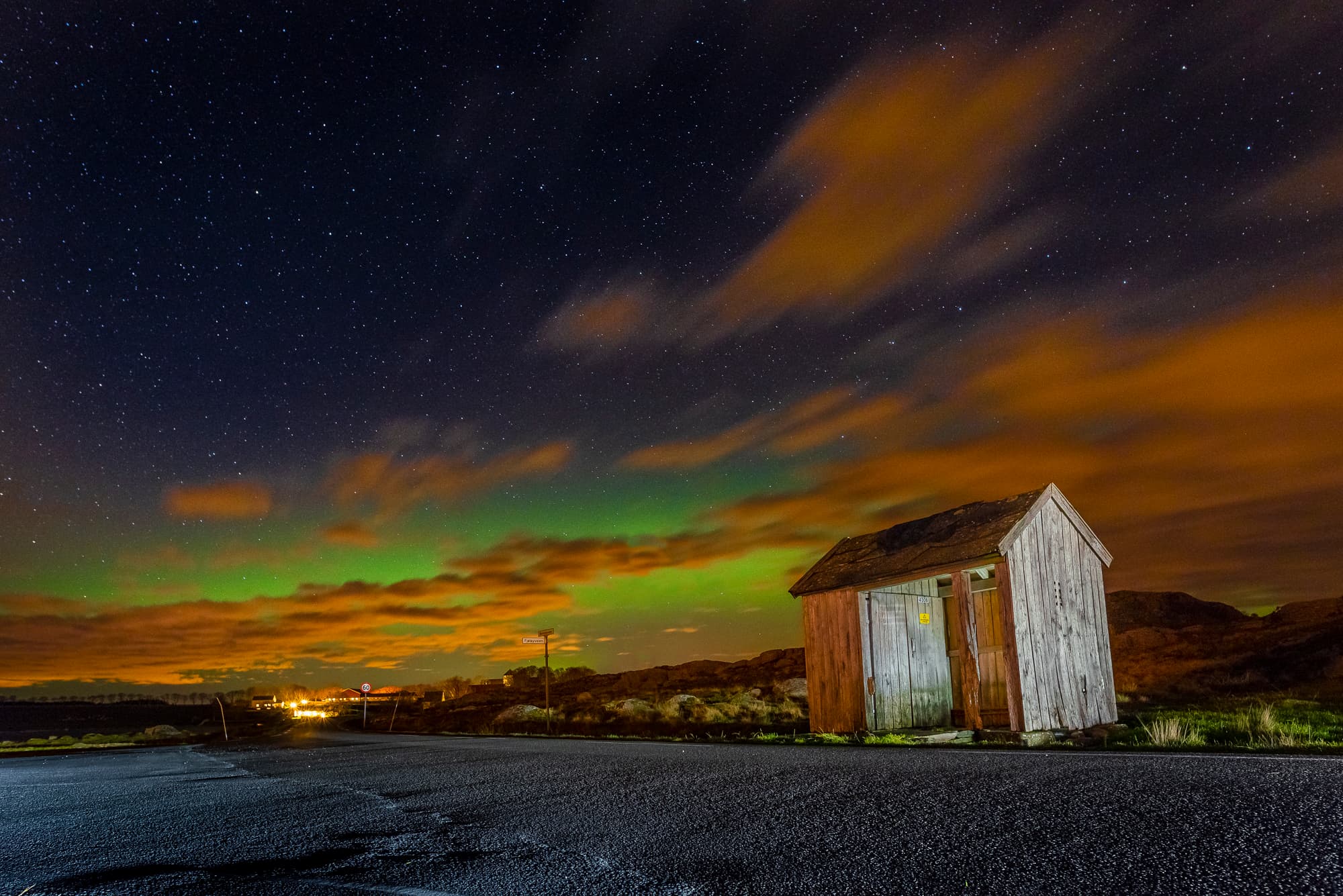
— If you're lucky, you might see beautiful night skies in winter
Useful information
Best Time to Visit Stavanger: A Seasonal Travel Guide
- Winter
- spring
- summer
- autumn
Last updated 2025-09-04
Wondering when to visit Stavanger? Discover the best time to go based on weather, crowds, and seasonal highlights – from hikes to fjord cruises and festivals.
Why does timing matter?
Edge of Norway is beautiful all year round, and you will find wonderful experiences regardless of the weather and season. However, it is a good idea to plan your visit according to what you want to see and experience. There may be variations in what is on offer and seasonal differences. We give you some tips here!
Spring – nature awakens
Spring (March - May) is a feast for the senses – the light returns, the days get longer, and the sun warms again. Nature comes to life with an explosion of colours, blossoms and growth. Everything smells new, fresh and alive – the taste of spring is everywhere.
The advantages of coming here in spring are that prices are often more favourable and lower, attractions are more accessible, and there are fewer people than in the main season. Explore the Edge of Norway.
Spring: Weather conditions and climate
- Coastal municipalities (Stavanger, Sandnes, Sola, Randaberg, Klepp, Hå, Eigersund, Sokndal, Kvitsøy): Mild spring with daytime temperatures ranging from 5–12°C. Rain and wind are common, but there is gradually more sunshine and milder weather. Precipitation is moderate, but wet in April.
- Inland municipalities (Time, Gjesdal, Lund, Bjerkreim, Sirdal): Cooler spring with frosty nights early in the season. Snow may remain in March, especially in Sirdal, which is a high mountain area. Temperatures rise towards May, but remain colder than on the coast. High water levels in rivers due to snowmelt.
Explore
Spring in the Stavanger region
Summer – High season and long days
Summer (June–August) is when most people have the opportunity to travel here. If you enjoy people and city life, then summer is the time to visit. Summer is also the best time to experience things almost around the clock because the days practically never end! Here, it is daylight until the early hours of the morning. You can also take advantage of offers that are only available during the season. Tip: Stay here for a while to make the most of your time. View all sightseeing here.
Summer: Weather and climate
- Coastal municipalities (Stavanger, Sandnes, Sola, Randaberg, Klepp, Hå, Eigersund, Sokndal, Kvitsøy): Mild and pleasant summer climate, with daytime temperatures around 15–20°C. Little extreme heat and moderate rainfall. June is usually the driest month.
- Inland municipalities (Time, Gjesdal, Lund, Bjerkreim, Sirdal): Slightly warmer than the coast, typically 18–22°C. The summer is ideal for outdoor activities with long, bright days. Somewhat more stable weather than in the spring, but rain showers may occur.
Enjoy
Experience summer in the Stavanger region
Autumn – golden season for nature lovers
Autumn (September–October) offers clear air, colours and tranquillity. Here you can visit attractions without crowds and go on autumn walks surrounded by beautiful colours. Autumn also has several great festivals. The advantages of travelling here in autumn are that the weather is often mild and there are fewer people than in summer. See hikes and trekking here.
Autumn: Weather conditions and climate
- Coastal municipalities (Stavanger, Sandnes, Sola, Randaberg, Klepp, Hå, Eigersund, Sokndal, Kvitsøy): Cooling with daytime temperatures of 10–15°C in September, falling towards November. Increasing precipitation, especially in October and November, which can be the rainiest months.
- Inland municipalities (Time, Gjesdal, Lund, Bjerkreim, Sirdal): Cooler autumn with frosty nights in early November. Colourful autumn landscapes, and in Sirdal, snowfall can occur as early as November.
Explore
Autumn in the Stavanger region
Winter – Peaceful, wild and urban
Winter (November–February) is characterised by culture, urban experiences and dramatic natural landscapes bathed in stunning, ever-changing light. Winter is often the best time to see the most beautiful night skies and the finest sunrises. Walking on the beach or surfing are also great winter activities. Perhaps you would like to watch the winter storm from a cosy storm shelter at Madland harbour? There are also lots of other activities to enjoy. A winter cruise on the Lysefjord is magical, but you can also immerse yourself in cultural experiences at the region's many museums. If you're visiting before Christmas, there is a wide range of Christmas concerts, Christmas markets and other Christmas events to enjoy. Speed and excitement in the snow? No problem, Sirdal is the solution.
Winter: Weather conditions and climate
- Coastal municipalities (Stavanger, Sandnes, Sola, Randaberg, Klepp, Hå, Eigersund, Sokndal, Kvitsøy): Mild winters with temperatures around 0 to 5°C. Rain is more common than snow, and snow cover is rare and short-lived. Winter storms can occur.
- Inland municipalities (Time, Gjesdal, Lund, Bjerkreim, especially Sirdal): Colder with an average temperature of -5 to 0°C. Snow usually lies for several weeks, especially in Sirdal, which is known for winter sports. Higher precipitation in the form of snow. Winter activities are popular here.
Experience
Winter in the Stavanger-region

Plan
Useful in the planning phase
Sources: weather and climate conditions
Official meteorological data and climate data sites:
- yr.no
- weather-and-climate.com
- timeanddate.no
- whereandwhen.net
